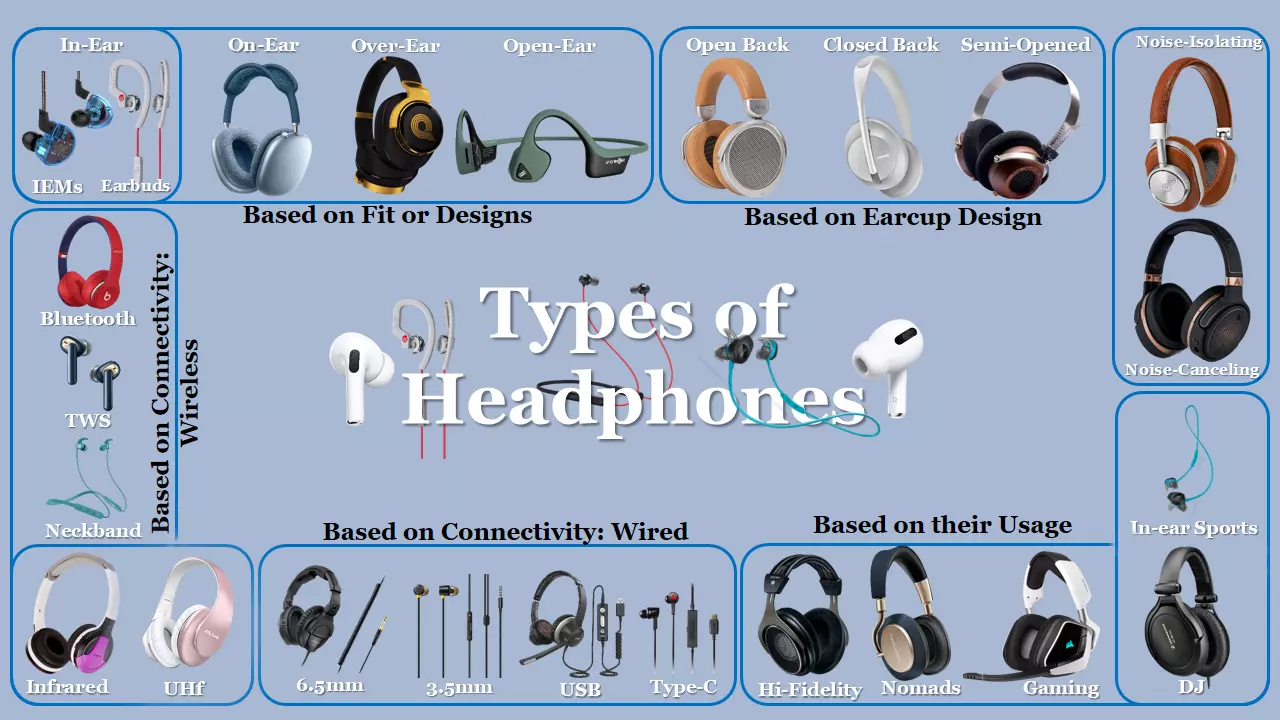
Out of all the other gadgets that make our lives a bit easier, headphones indeed are on the top! Can you go on about your day without plugging in your headphones?! From intense exercise sessions to surviving those long train or plane rides, headphones are our lifeline. And there’s no denying it! Especially if you are an artist, having a good pair of headphones can make all the difference in the world!
But which is ‘The One? ‘ Don’t worry! If you are an artist or just a music lover, hang with us as we dive into the world of different types of headphones and get you the perfect one that fits your purpose!
- Types of Headphones Based on their Fit or Designs
- Types of Headphones Based on Earcup Design
- Types of Headphones Based on Connectivity: Wireless or Wired Headphones?
- Types of Headphones based on their usage
- Comparison: Types of Headphones
- Final Verdict
Types of Headphones Based on their Fit or Designs
Before going any further into technical details, let’s have a couple of words about headphones and earbuds forms and designs. These elements don’t serve an aesthetic aspect only, they have a real impact on comfort and other parameters, such as noise attenuation.
The terms Earphones & Headphones are used interchangeably, so don’t go just by name.
There are four different kinds of headphones and earbuds. You can differentiate them through their fitting with the ears: in-ear, on-ear, over-ear, and open-ear headphones.
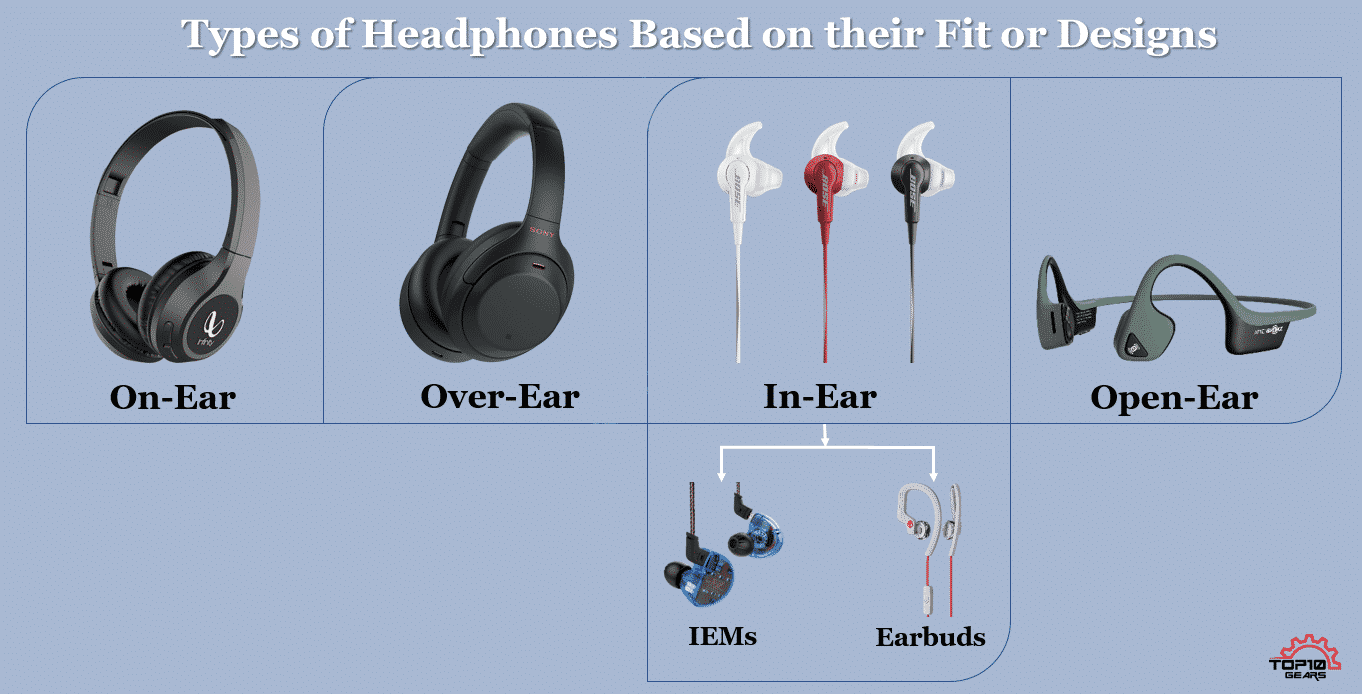
In-ear Headphones or Canalphone
Earbuds or Earphones
In-Ear Monitors (IEMS)
Canalphone
These headphones are miniaturized to the point they can fit into your ear. Half-in-ear headphones have a design that is less intrusive than fully in-ear headphones.
In-ear headphones, thanks to their design, procure excellent noise attenuation. Ear tips made of rubber, silicone, or memory foam fit perfectly inside your hearing canal and block most of the outside sounds and noises. It is also true for the sound coming from your earbuds: nobody will hear what you are listening to.
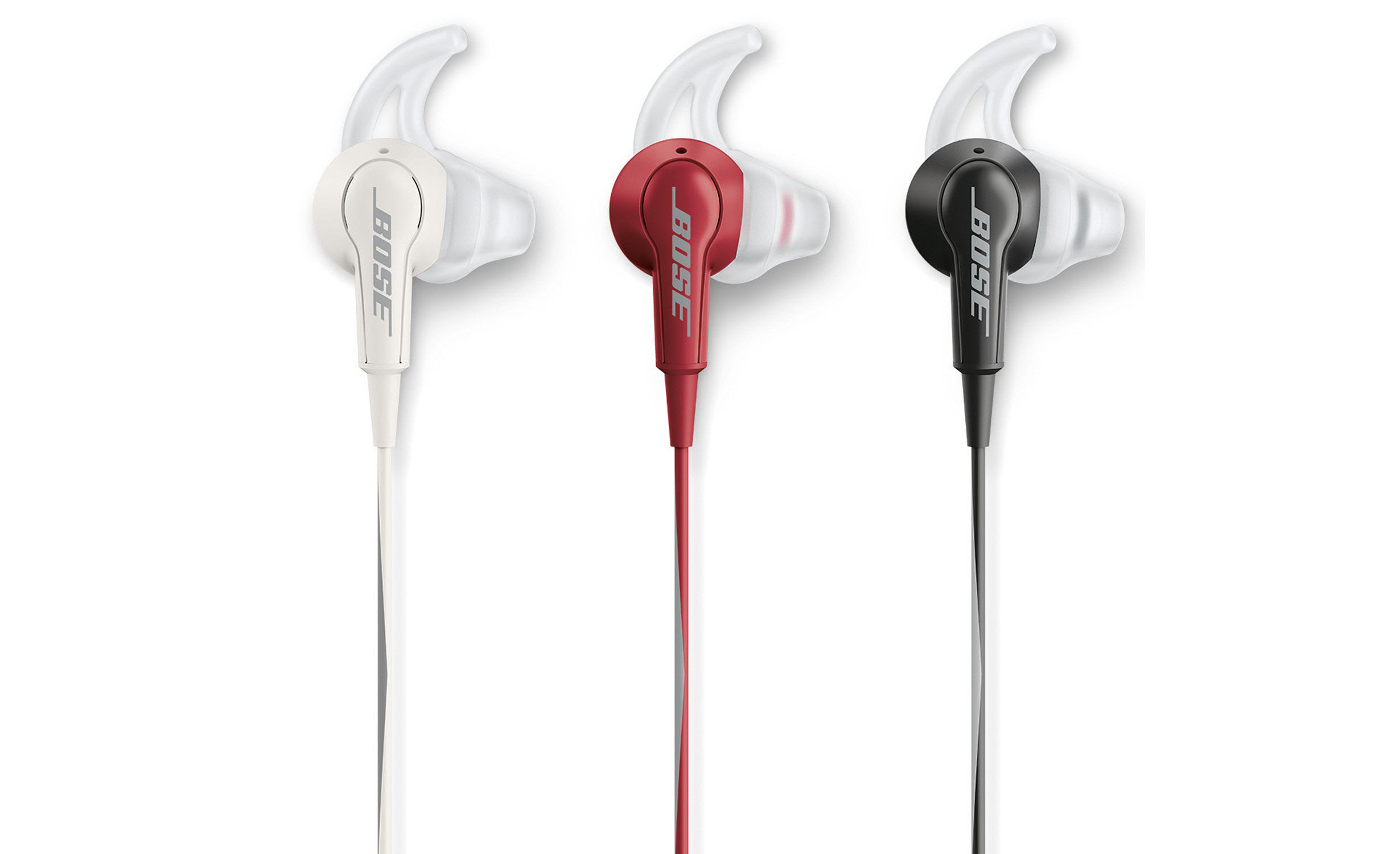
This kind of headphones gives you an isolation feeling that is more than welcome when ambient noises, like on a train or in the street, may cover your music. Some people don’t tolerate in-ear headphones because of sensible ears.
If you feel uncomfortable when wearing in-ear headphones, you should look for on-ear or over-ear headphones.
Based on the design of housings or fit, in-ear headphones are of two types: In-ear Monitors and Earbuds. Each type fits differently into your ears.
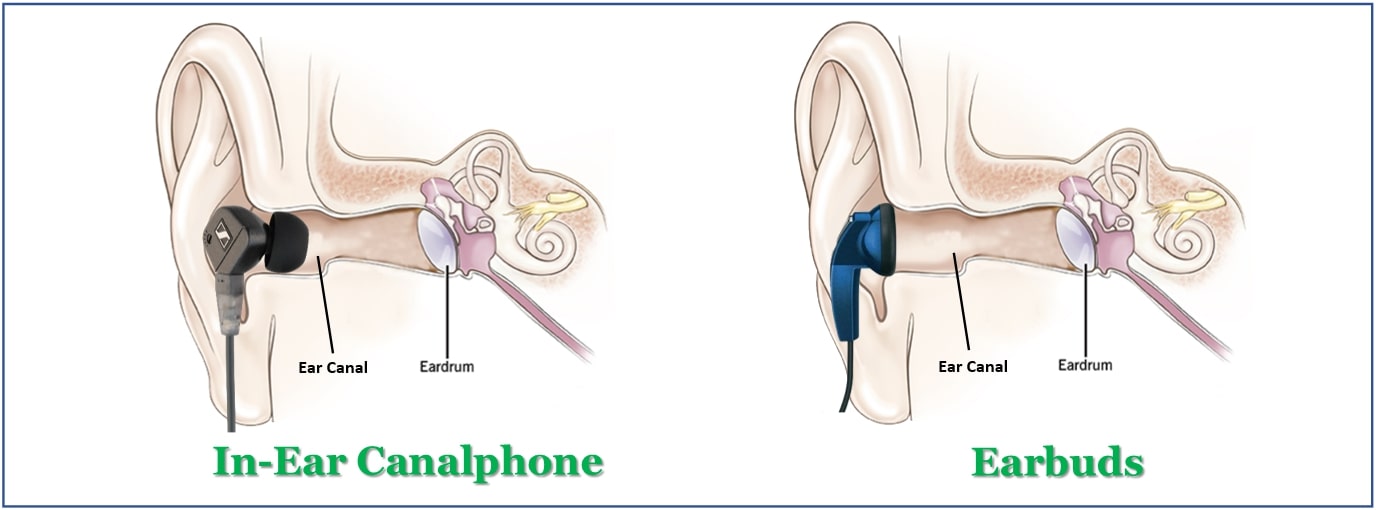
In-Ear Monitors or Canalphone
In-ear canal Phones
Ear Canal Phones
Ear Canal Headphones
In-ear monitors are known for their audio quality and are popular among audiophiles. They were mainly created for professionals, musicians, and stage performers to monitor a combination of audio sources in different places.
They are also known as Canalphone or ear canals headphones. They are a type of in-ear headphones that fit tightly inside each ear canal. They come with foam, silicone, or rubber tips which create a secure fit and are very comfortable to wear for long periods of time. They provide good noise isolation by blocking out ambient noise.
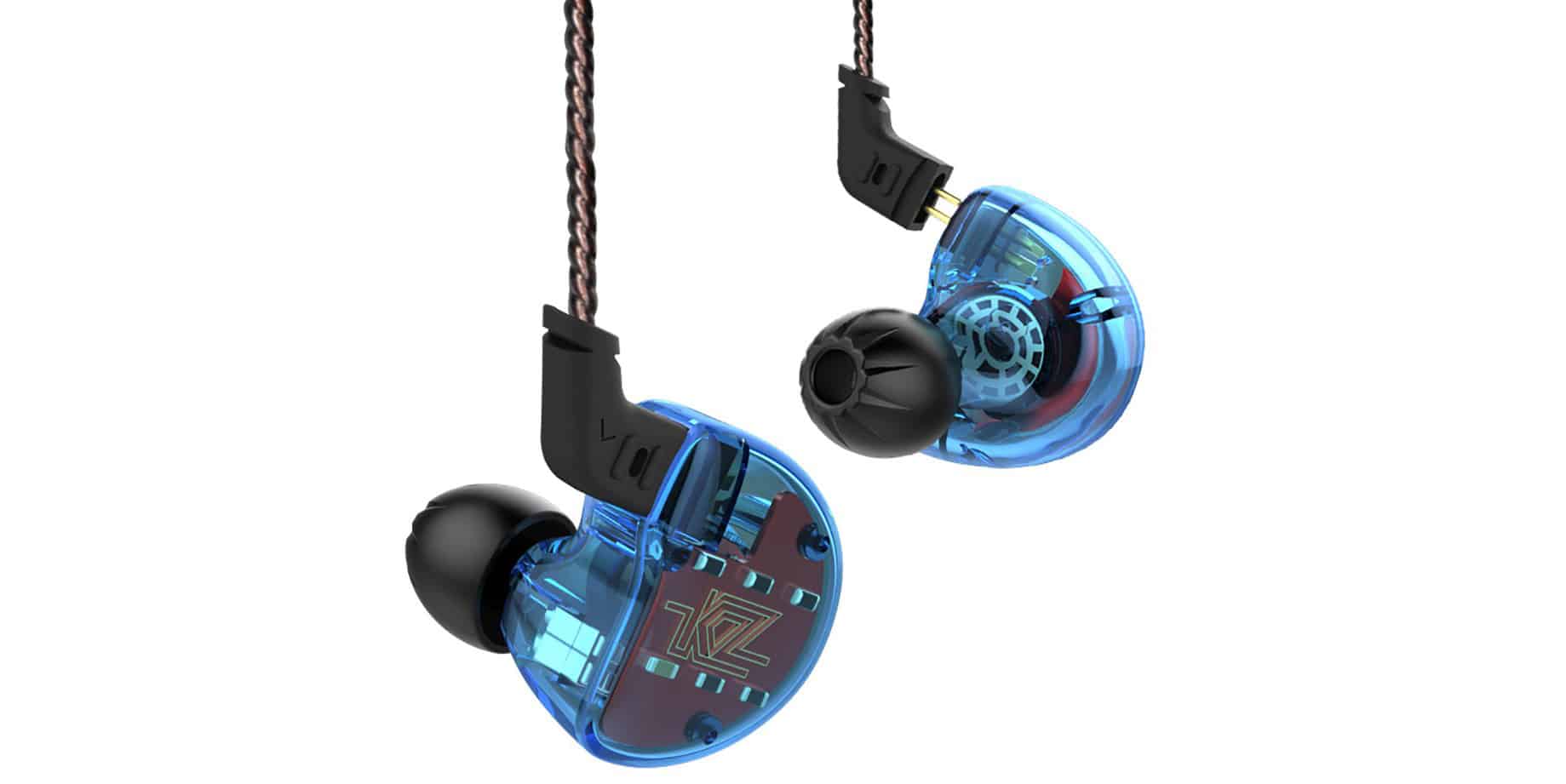
Unlike other headphones that use dynamic drivers to convert electronic signals into audio waves, IEMs use balanced armature drivers (originally invented for hearing aids) to convert the electronic signal to vibrate a tiny reed between two magnets.
These in-ear monitors can have multiple drivers for different frequencies. They can provide more clarity, more bass, and a higher range of frequency that too at a highly affordable price.
IEMs offer excellent passive noise isolation by blocking most noise from the surrounding area. However, they don’t have active noise canceling.
Earbuds
Earbuds are a type of in-ear headphones that rest slightly outside the ear canal. These are held in place by the concha ridge at the center of the outer ear.
These types of headphones don’t enter ear canals and might not fit securely and may fall out frequently. They do not usually feature removable cushions and may not be comfortable to wear.
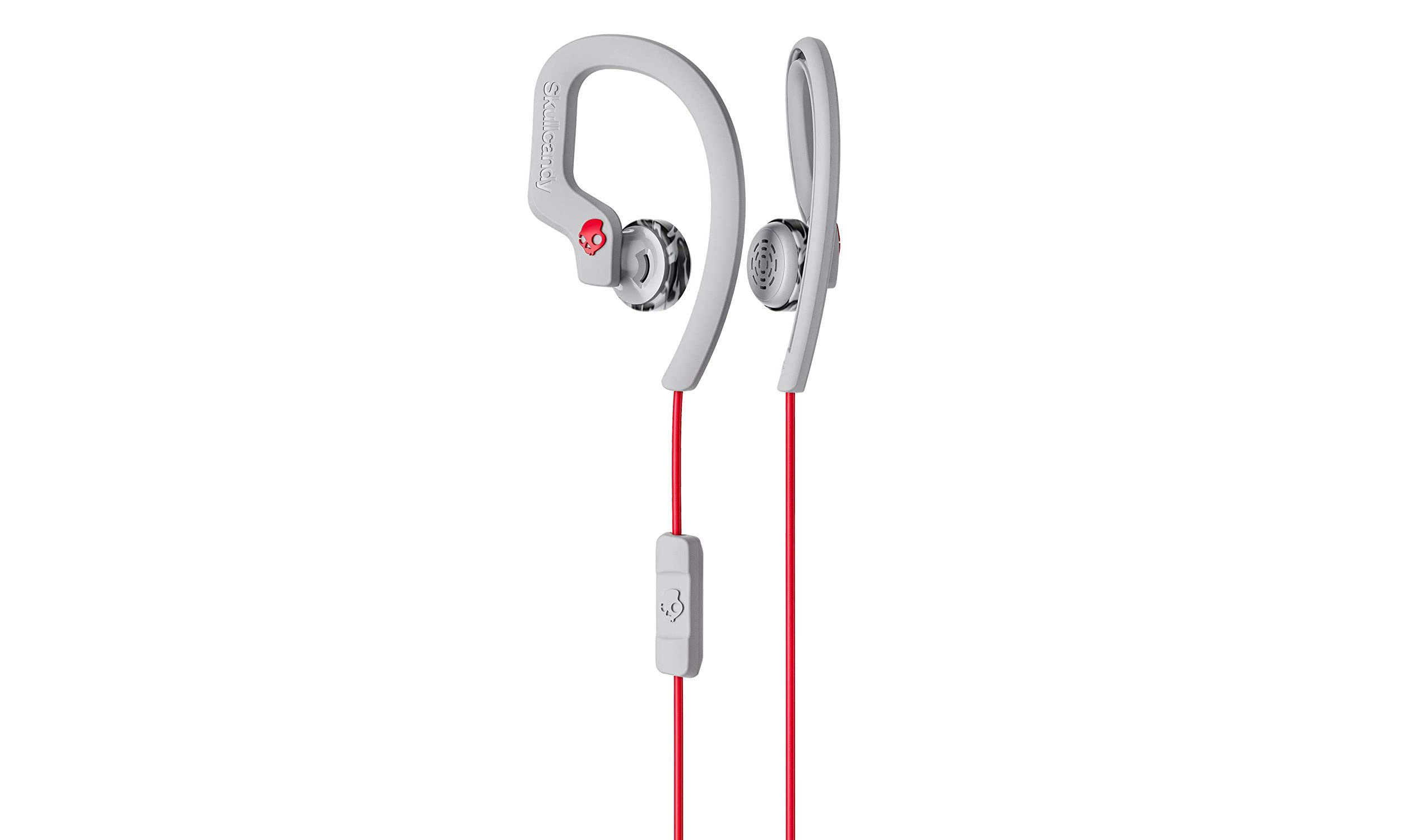
These headphones have poor noise isolation and allow ambient noise so that you can hear what is going on around you. It provides a small measure of safety for outdoor exercise.
They can easily slip off because earbuds are often one-size-fits-all and are a bit annoying for sports and exercise. However, some earbuds come with ear clips or wings or loops to tuck under the ridges of the ear and may not fall out frequently.
Earbuds are affordable and featured small drivers that provide them with weaker volume and bass.
Air Tube Headsets
Air Tube Headphones are an innovative audio technology designed with convenience and health in mind that delivers sound without wires.
These headsets use especially host Air-Tube technology which works by transmitting sound waves through air-filled tubes or acoustic tubes that carry sound waves to the earpiece without emitting radiation, creating an acoustic chamber around the ears.
Air Tube Headphones offer a myriad of benefits, from crystal-clear sound to improved safety features. The Air Tube Headset comprises a headset and earpieces and does not require any type of battery, significantly reducing its environmental footprint. These types of headphones are more secure and good for use than standard headsets.
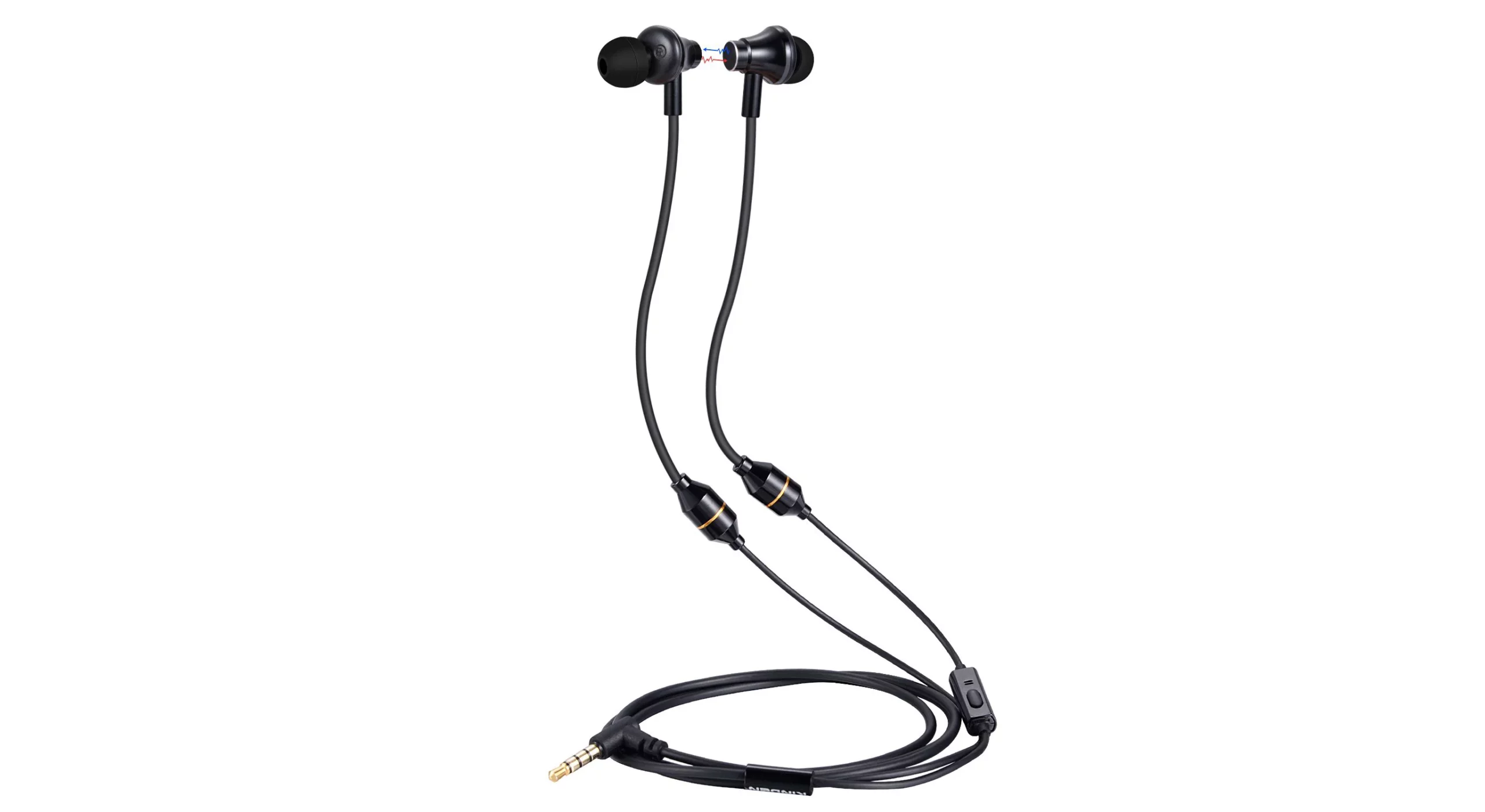
Furthermore, Air Tube Headphones are great for those who are more sensitive to wireless and electromagnetic frequencies because Air Tube Headsets don’t produce any kind of radiation.
Air Tube Headphones also promote healthier hearing because they naturally reduce vinyl noise while providing ample protection against external noise environments.
These headphones also have an adjustable ear hook and microphone filter to ensure a comfortable fit and improved audio quality during conversations. Air Tube Headsets are essential for those who want clear conversations in a convenient manner, free from radiation or interference.
On-ear Headphones or Supra-Aural Headphones
Supra-Aural Headphones
Earpad Headphones
As their name implies, on-ear headphones are designed to fit on your ear. An adjustable headband will allow you to make them fit your head.
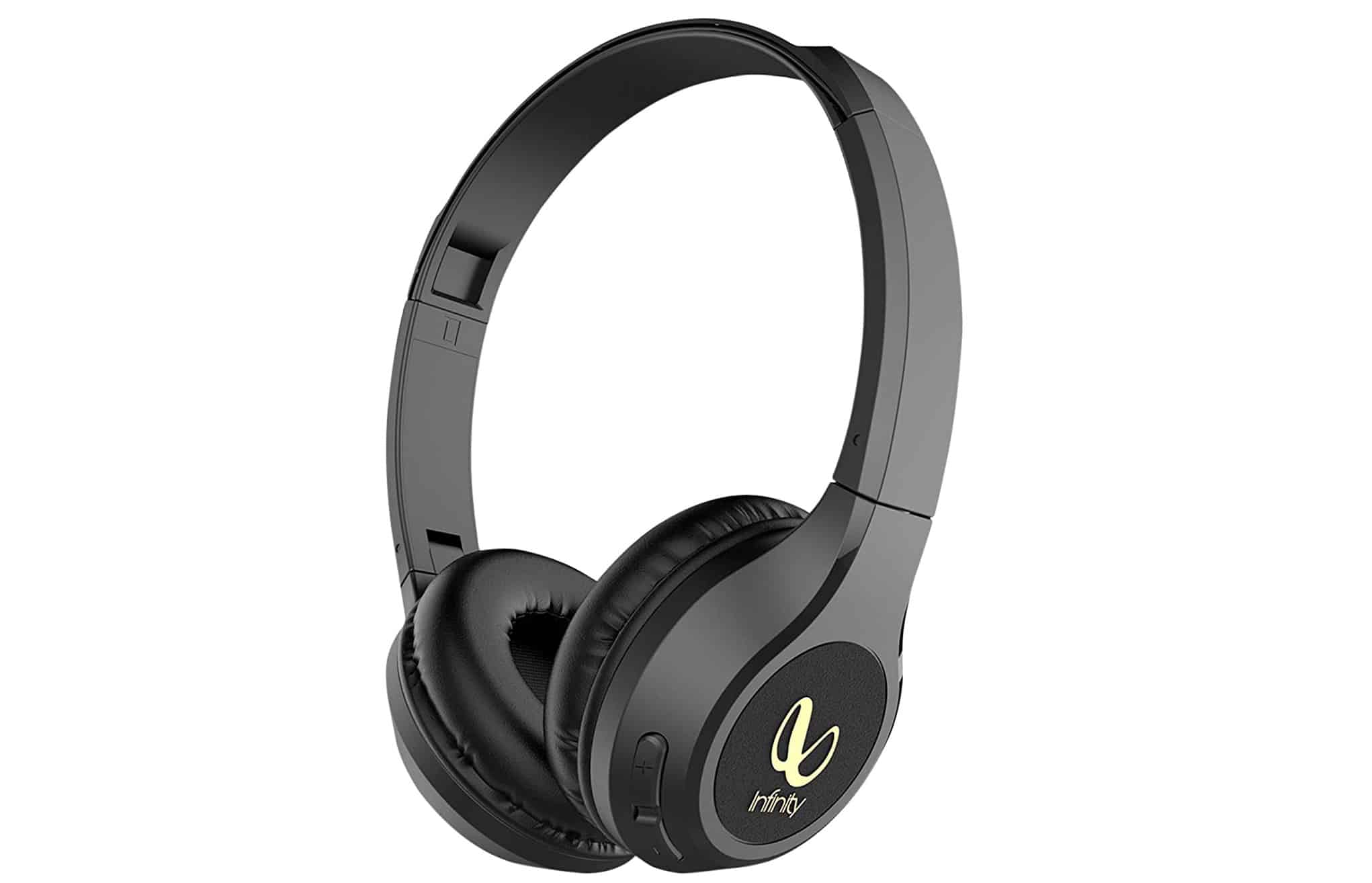
The pressure on your ear affects greatly the comfort and stability of these headphones. A strong pressure means better stability but too strong a pressure will reduce comfort. Soft-cushioned headbands and earphones will help you find the perfect balance between comfort and stability.
Noise attenuation is not as good as what in-ear headphones are capable of. Some may see this as a weakness but others will prefer not to be isolated from outside noises when they are listening to their music.
Over-ear Headphones or Circumaural Headphones
Circumaural Headphones;
Earcup Headphones;
Full-size Headphones
With over-ear headphones, your ears will fit inside the ear-cups and the foam is directly in contact with your head covering your entire ear. Thanks to this, they are generally the most comfortable. If you wear glasses, you should make sure your headphones won’t feel uncomfortable when you wear them.
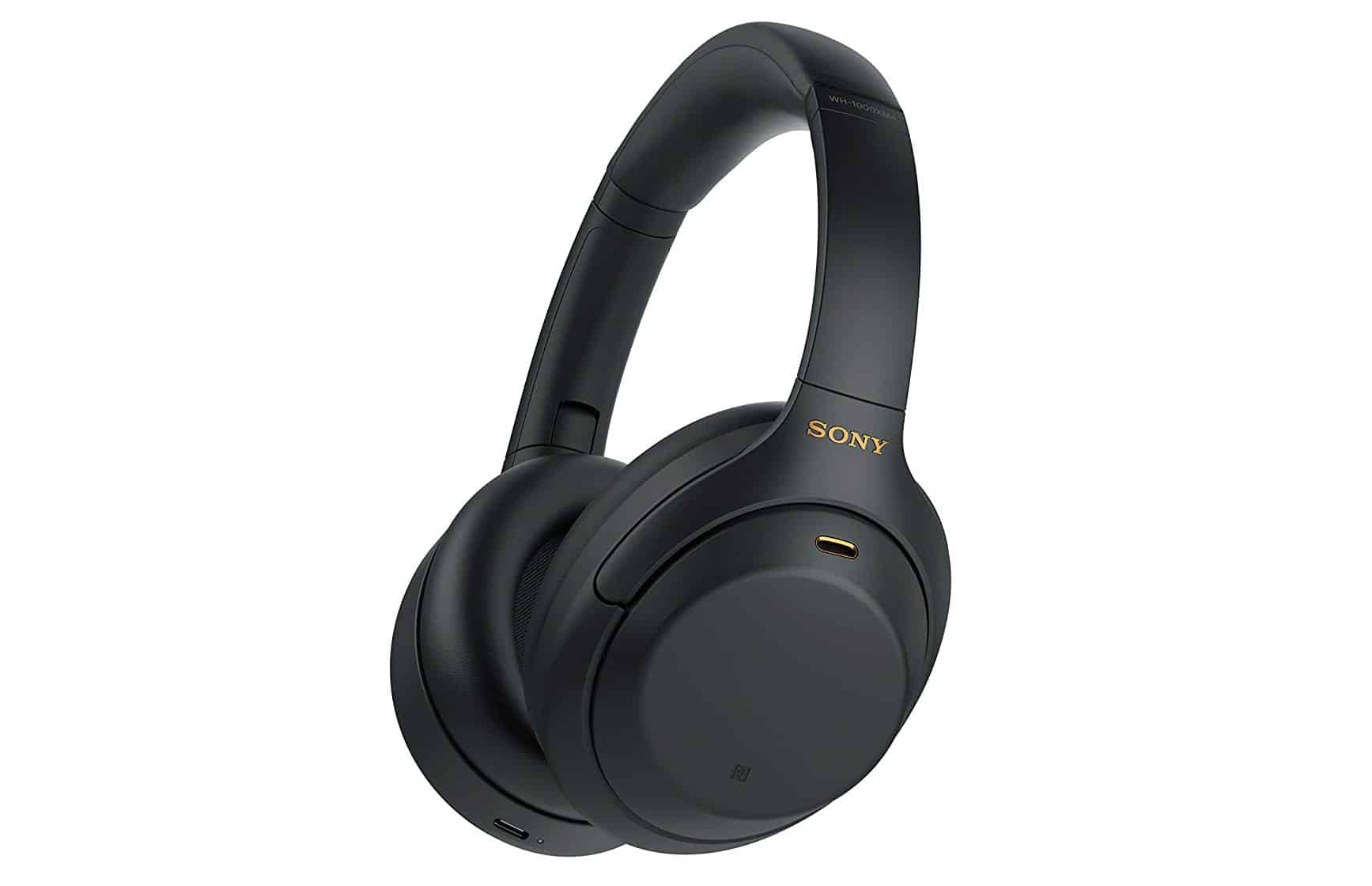
With their size and their weight, over-ear headphones have long been designed to be used at home. This is no longer the case. With the comfort and sound quality over-ear headphones carry, more and more models are designed for nomad use.
Of course, these high quality headphones are not the most discreet but they provide you with the best audio qualities and the best comfort.
Thanks to the foam-cushioned earcups, the noise attenuation is good and will passively block outside noises. This capacity to block noise is also greatly affected by the ear-cup structure: opened-back or closed-back headphones.
Difference Between On-Ear and Over-Ear Headphones

With the help of the below chart, we have tried to list out the point of difference and similarity between On-Ear and Over-Ear Headphones. It will surely help you to understand these types of headphones in a better way.
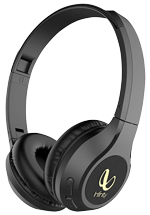
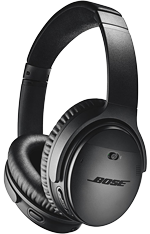
Open-Ear Headphones or Bone Conduction Headphones
Bone Conduction Headphones
Bonephones
The open-ear headphones or Bone Conduction Headphones seat at the end of your upper cheekbones freeing your ears. These wear headphones transmit sound through vibrations of bones to the inner ear without the intervention of the outer or middle ear.
This is mainly preferred by athletes as they remain aware of their surroundings while running. The idea was actually derived from hearing aids where there is no function of the outer or middle ear.
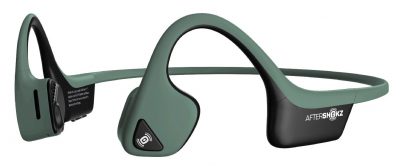
The sound waves travel by vibration of the bones directly to the cochlea avoiding the outer ear and middle ear which consist of the eardrum, malleus, incus, and stapes.
Stereocilia, microscopic hairs in the inner ear transmit the sound through various chemical reactions that stimulate the auditory nerve to interpret this impulse as sound.
Bone conduction headphones are quite safe for the ears as you are not putting anything inside your ears which may often cause irritation or infection. But as for any earphones, they may cause a headache if used for a long period.
Another advantage of using bone conduction headphones is that you can walk or run while being aware of your surroundings.
Read More: Bone Conduction Headphones: Everything You Need to Know
Types of Headphones Based on Earcup Design
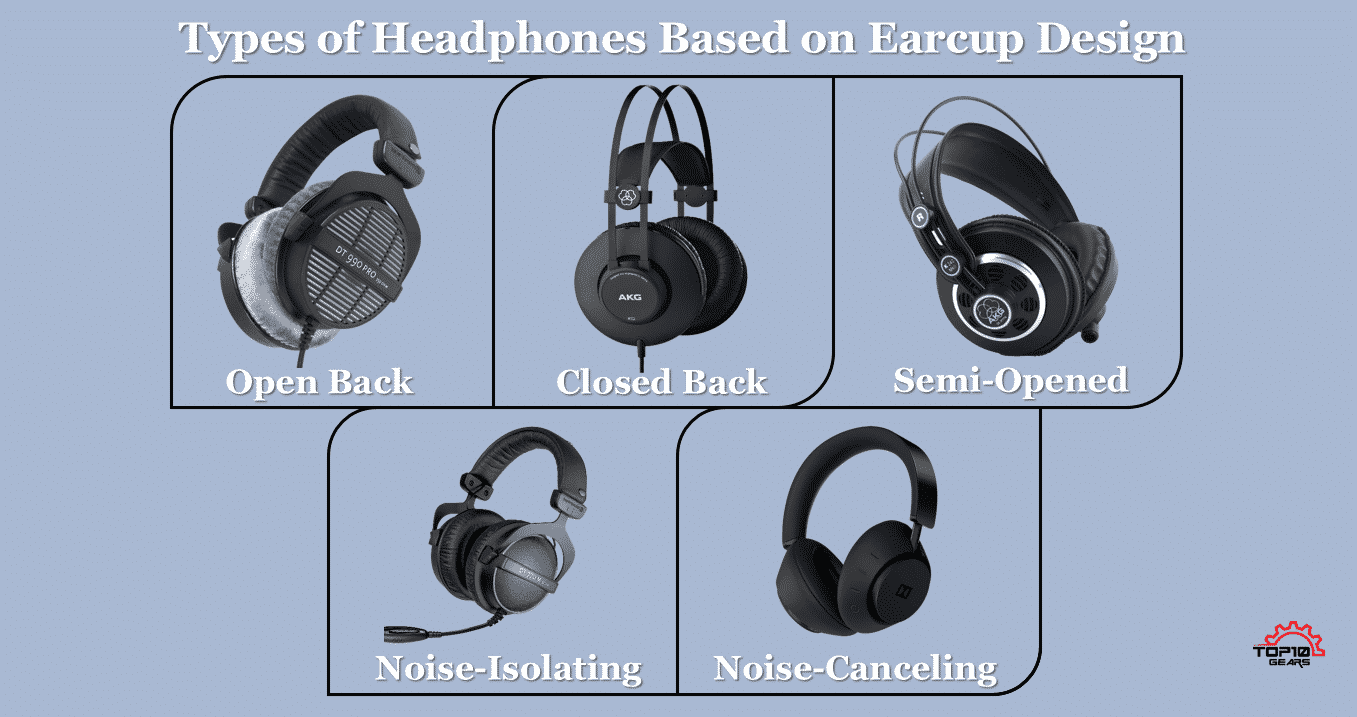
Open Back Headphones
Open back headphones are those headphones that will let air pass through the ear cups. There’s no enclosure of the drivers because the ear cup casing is open via some form of grill or mesh.
It means the headphones breathe and there is significantly less heat accumulation inside the ear cup and on the surface of the padding so there is no need of venting your ears as you would have to in a closed-back headphone since all the heat is trapped inside.
With open back headphones, as the air can filter from outside, the sound is less pressured and put less strain on your ear. This is less tiring than closed-back headphones but sound attenuation is reduced and bass is weakened.
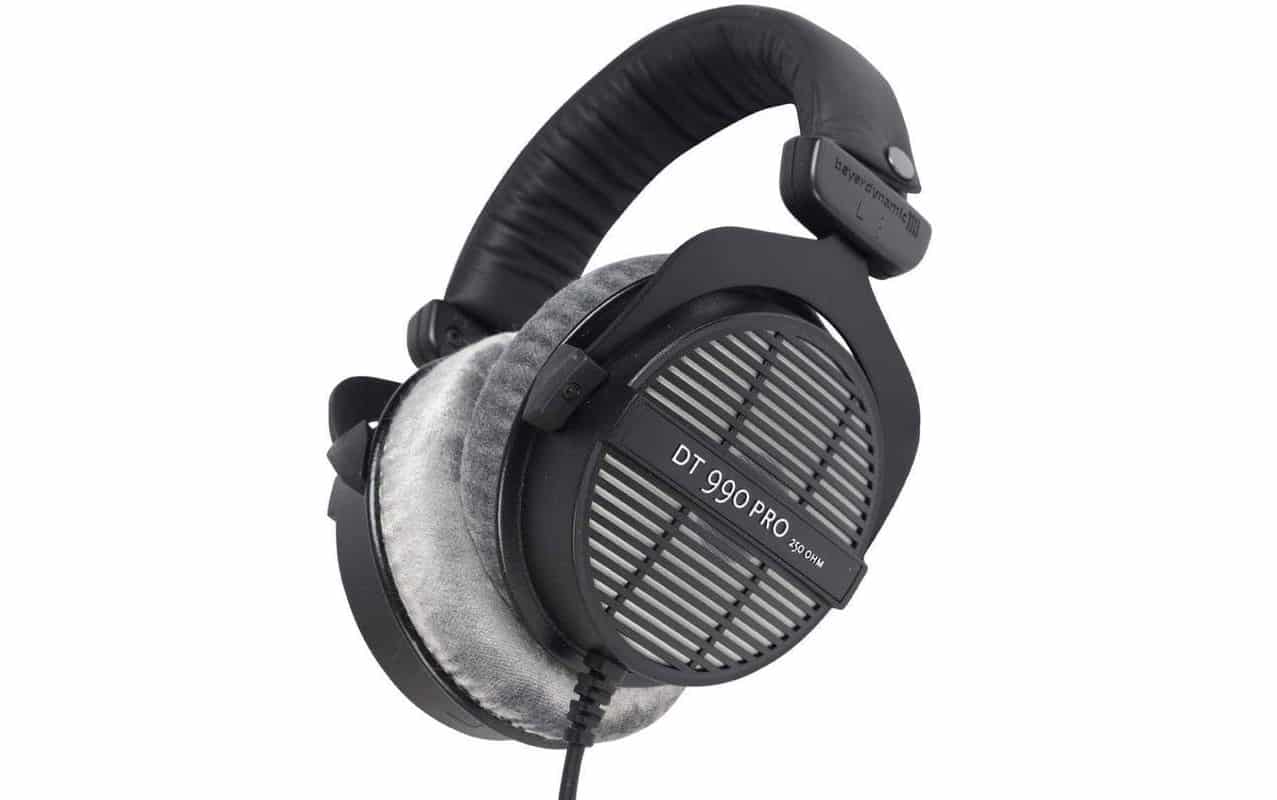
There is full ambient awareness as in being present with your music or game and also being present with your surroundings. You will not miss a doorbell, or phone call, or hear yourself talk since some people tend to talk out loud while typing something.
The main issue with this type is sound leaking and unwanted noise from the headphones and mic picking that up which is usually unpleasant for the people on the other side listening to you speak. This will only happen when your mic is either really sensitive or you are really blasting the volume on the headphones.
But the sound advantages easily outweigh the disadvantages with the nature of the open back headphone. Because of the nature of the open back, you perceive your audio environment to be larger, to be airier, and freer.
Closed-Back Headphones
The closed-back headphones are those headphones that don’t let air pass through the ear cups because the drivers are enclosed inside the casing. It is one of the most common and widely used types of headphones.
The speaker uses only the air between your ear and the earcups. As a result, closed-back headphones offer better noise attenuation than opened-back headphones and deeper bass.
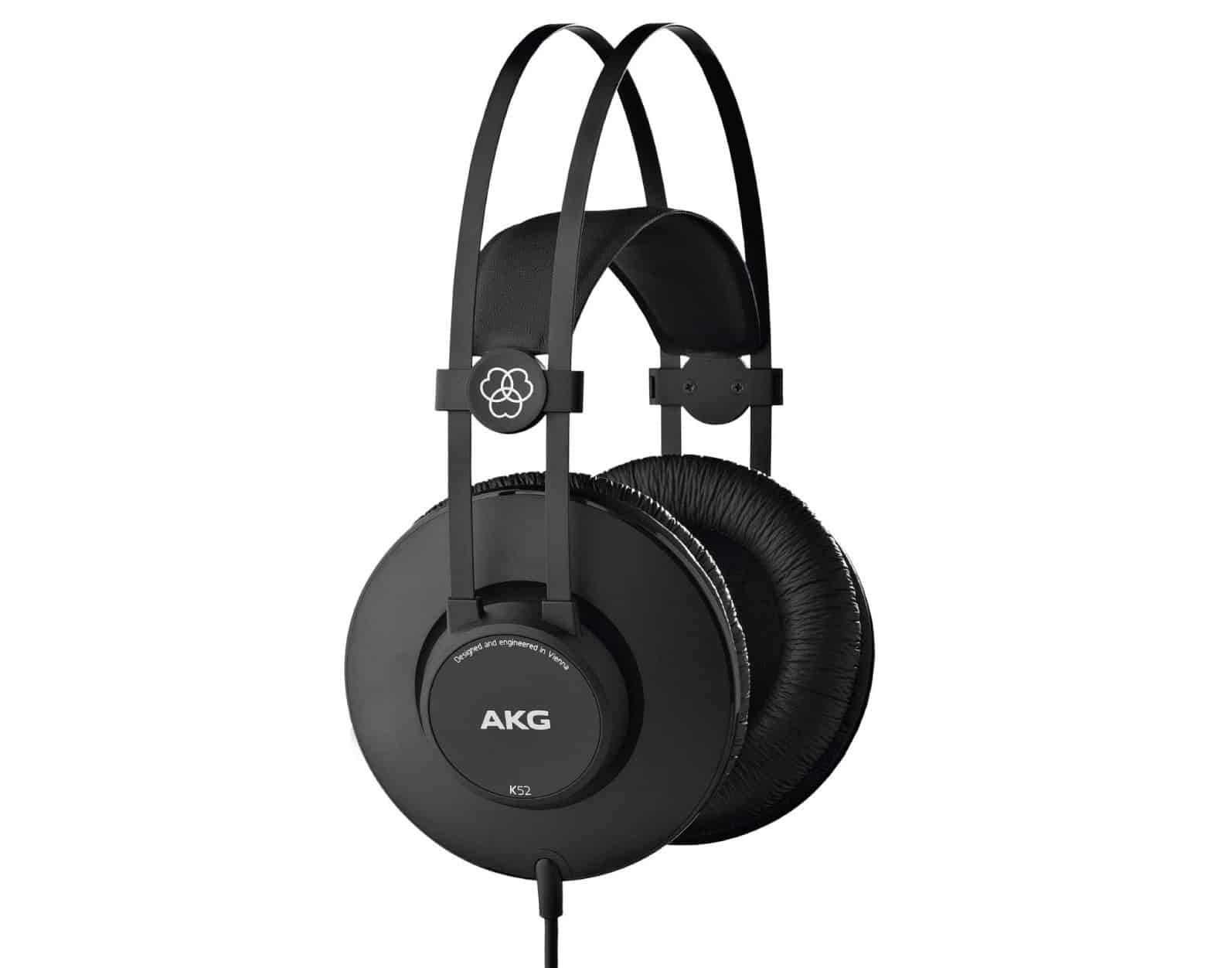
The sound isolation is insane in the closed-back headphone, above 50-60% volume you will not hear anything which is happening in your physical environment. It’s like tunnel vision for your ears which is a massive advantage in a competitive environment when the sound cue determines your alertness.
It’s excellent for private listening without compromising your volume since there is no audio leak to the outside world. The design is less breathable, and there is more heat accumulation on the earcups. It can be avoided if the ambient temperature is not too high or you don’t wear the headphones for too long.
Semi-Opened Headphones
You can also find semi-opened headphones, with the air being able to slightly go through the ear cups. This is the best compromise and the best headphones often adopt this technology.
It will allow some sound to leak out while letting some noise in but not as much as an open-back headphone would. It can be called the best of both worlds.
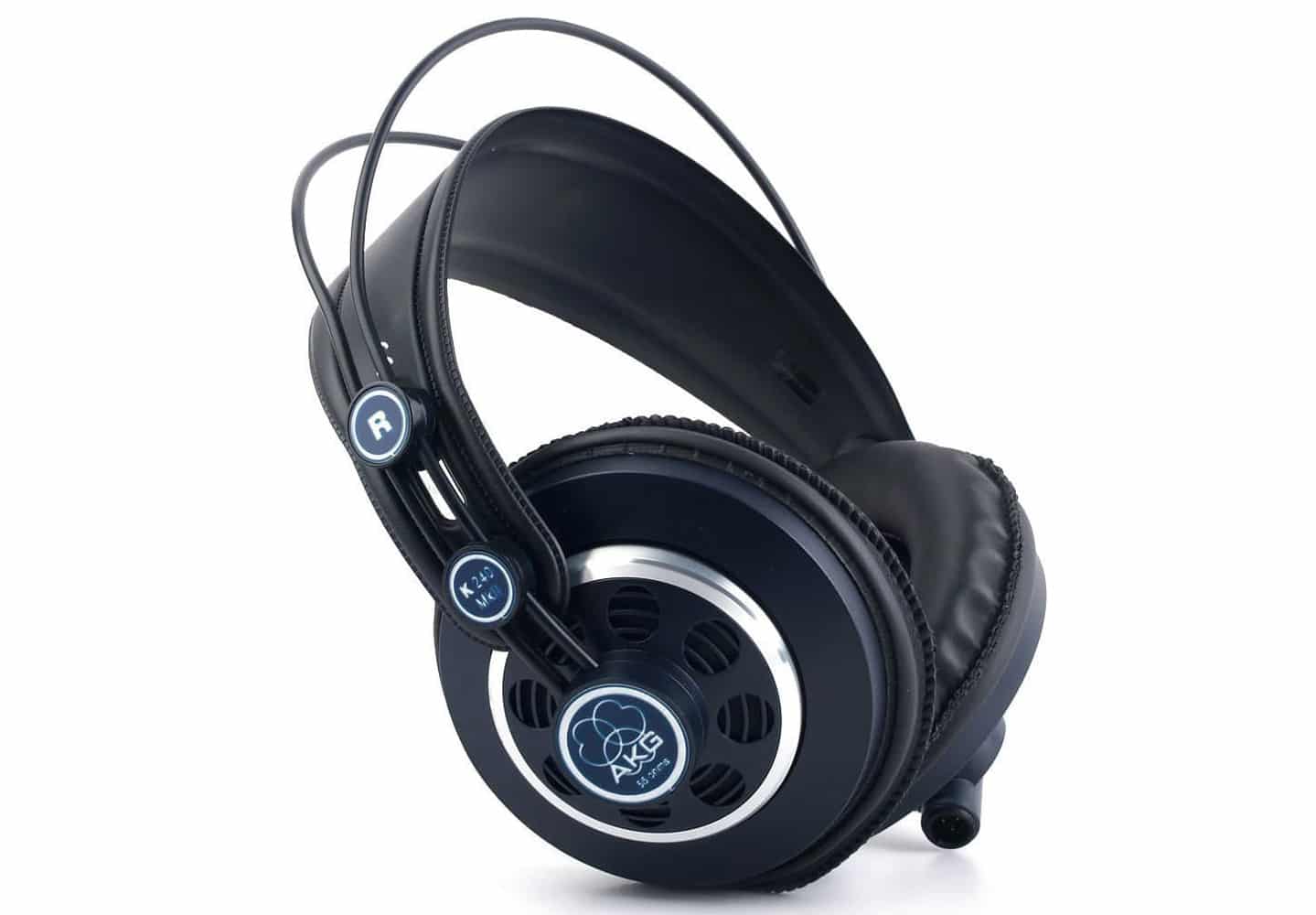
It has either the back volume open and the front volume closed or the back volume closed and the front volume open. So, the outer part can be of mesh or grill while the inner is relatively airtight or the outer part being completely blocked with no space for air to go through while having transparent earpads.
Noise-isolating Headphones
Thanks to their design, headphones can produce passive noise attenuation. These are called noise-isolating headphones. Outside sounds are just attenuated thanks to the foam around the ears or, for earbuds, thanks to the ear tips.
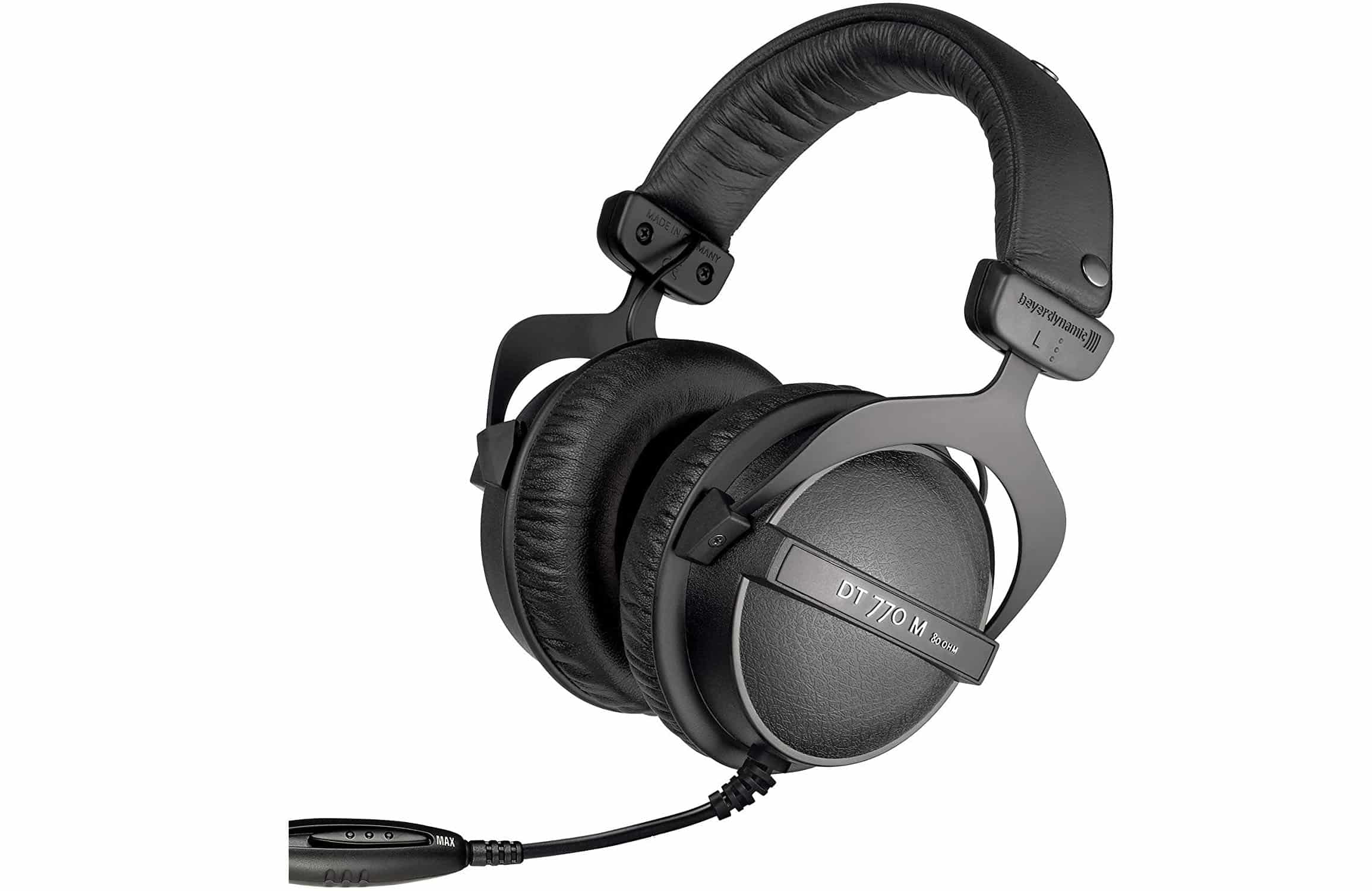
Noise cancelling Headphones
With the help of technology, constructors now offer active noise attenuation in noise-cancelling headphones: an outside microphone captures the outside sounds and the headphones produce an opposite sound at the same frequency to counter the noise. As a result, ambient sounds are canceled.
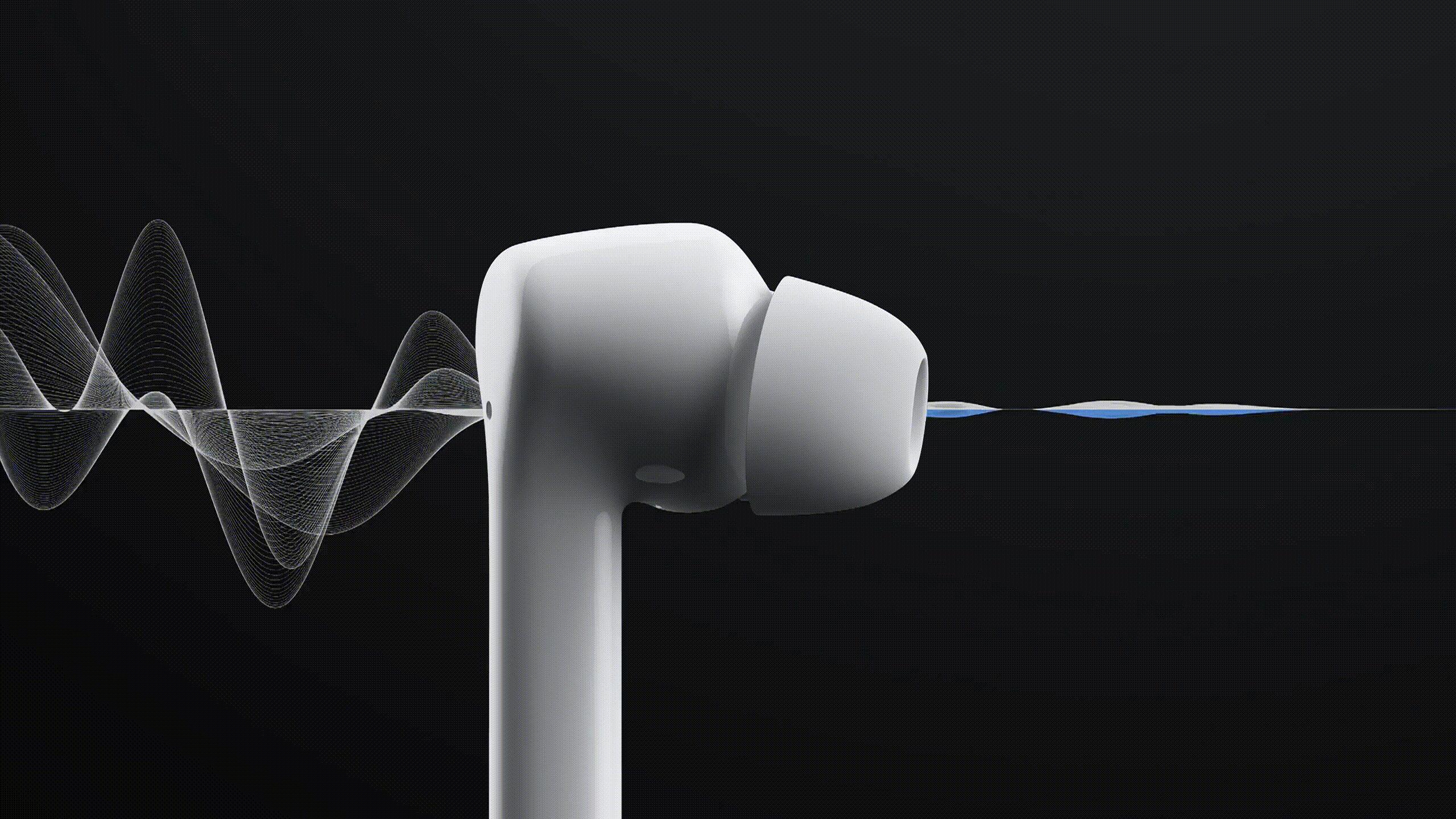
This is very efficient with low-frequency sounds like the ones you can experience in transports like planes or trains. Batteries are needed (often one or two located in one of the ear cups) with active noise-cancelling headphones and this technology is mostly used on over-ear headphones.
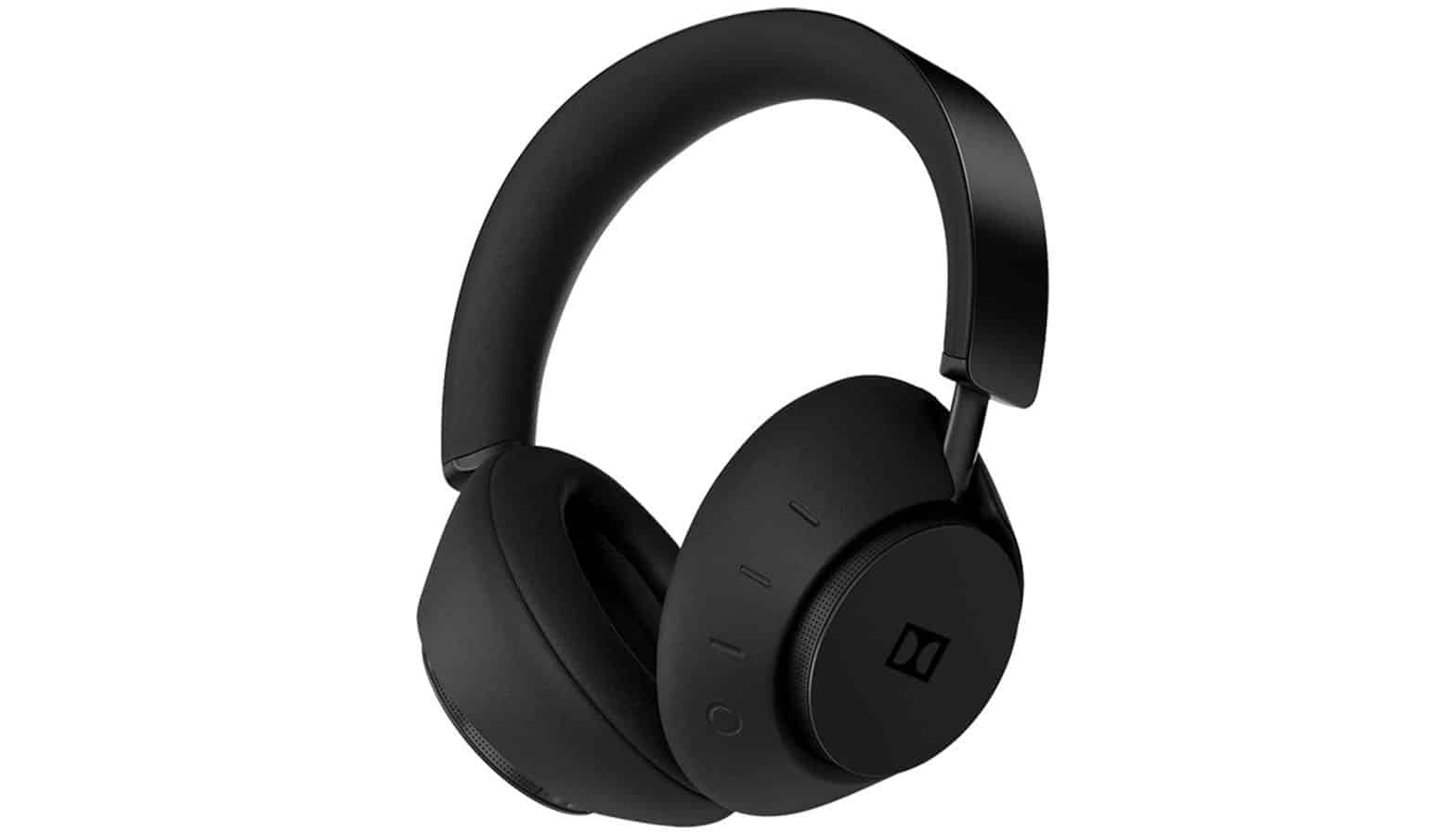
Types of Headphones Based on Connectivity: Wireless or Wired Headphones?
These two ways to connect your headphones both have advantages and drawbacks. Besides their obvious differences, we will see the characteristics that have real importance and all the subtleties they carry.
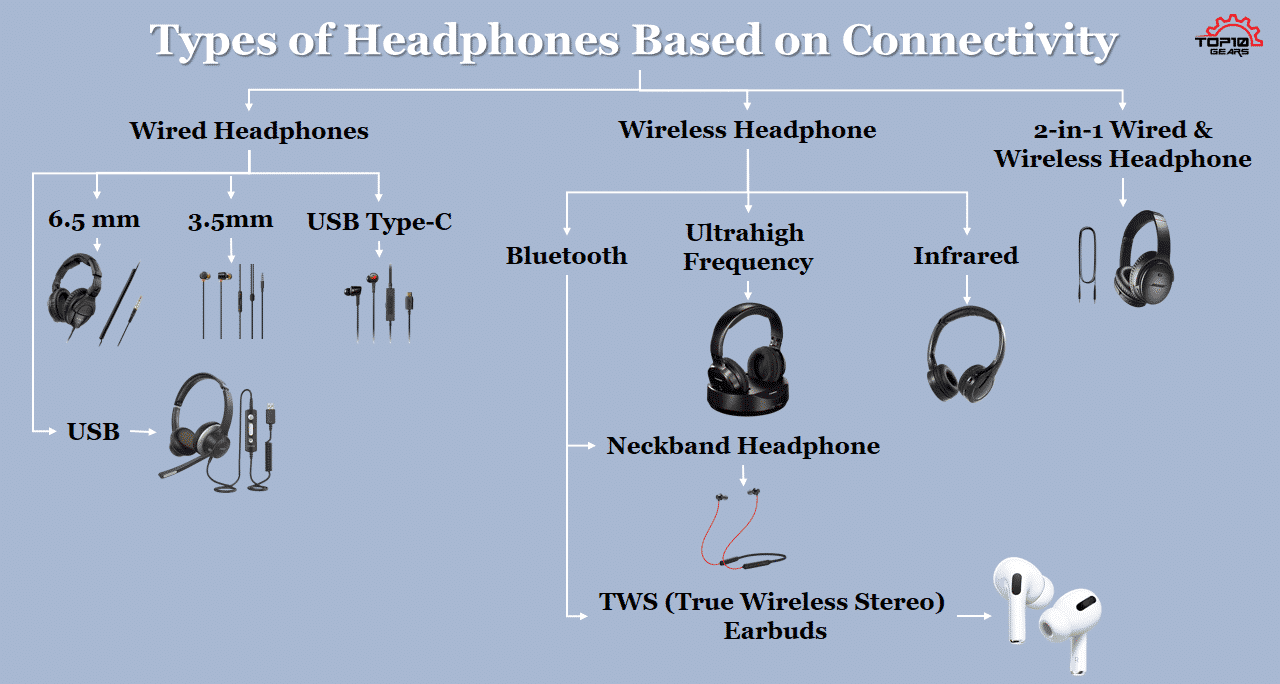
Wired Headphones
Purists tend to go wired because it is less sensitive to electromagnetic perturbations. Technically, this is a double cable made of copper and jacketed with PVC. Length usually goes from 3 to 10 feet (1 to 3 meters), with longer cables being available for high-fidelity headphones.

These wired headphones cables come with four connectors: 3.5mm, 6.5mm jacks, USB Type C, and Universal Serial Bus(USB).
3.5mm Headphones
A 3.5mm mini-jack connector is also known as “the headphone jack” and is the most widely used way to connect music gadgets to audio output. It is found on the earbud and most nomad headphones, laptops, MP3 players, radios, tablets, smartphones, and other audio devices.
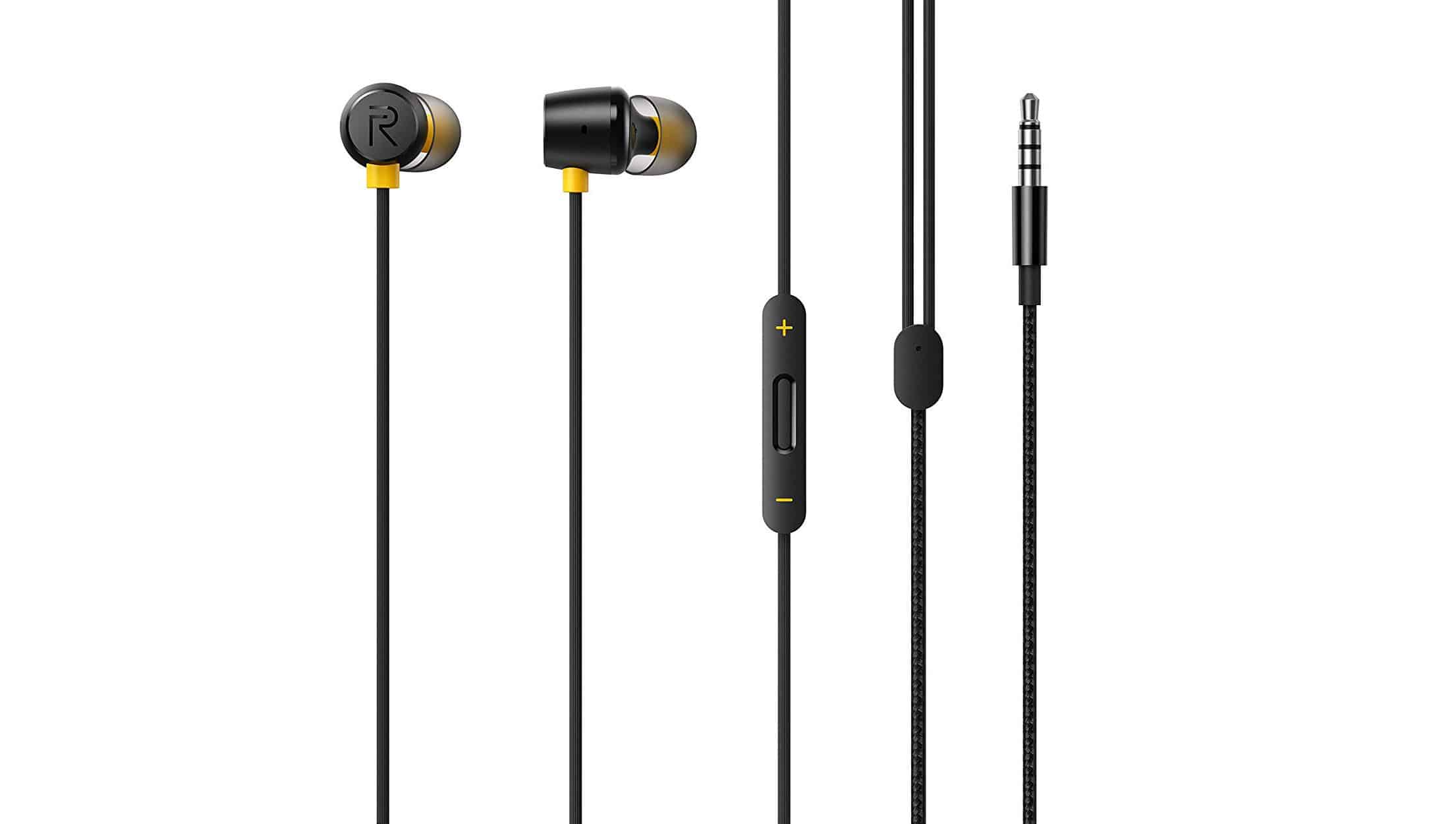
The 3.5 mm jack is pretty versatile, you can listen to music and use the headset for calls. Because of this, some older computers have two separate 3.5 mm jacks, one for the microphone and the other for the headphone.
That’s why some headphones come with two separate 3.5 mm plugs.
6.5mm Headphones
The 6.5mm standard jack connector is slightly bigger and mainly found on high-fidelity and professional headphones. The 6.3mm jack connects to amplifiers and better audio systems.
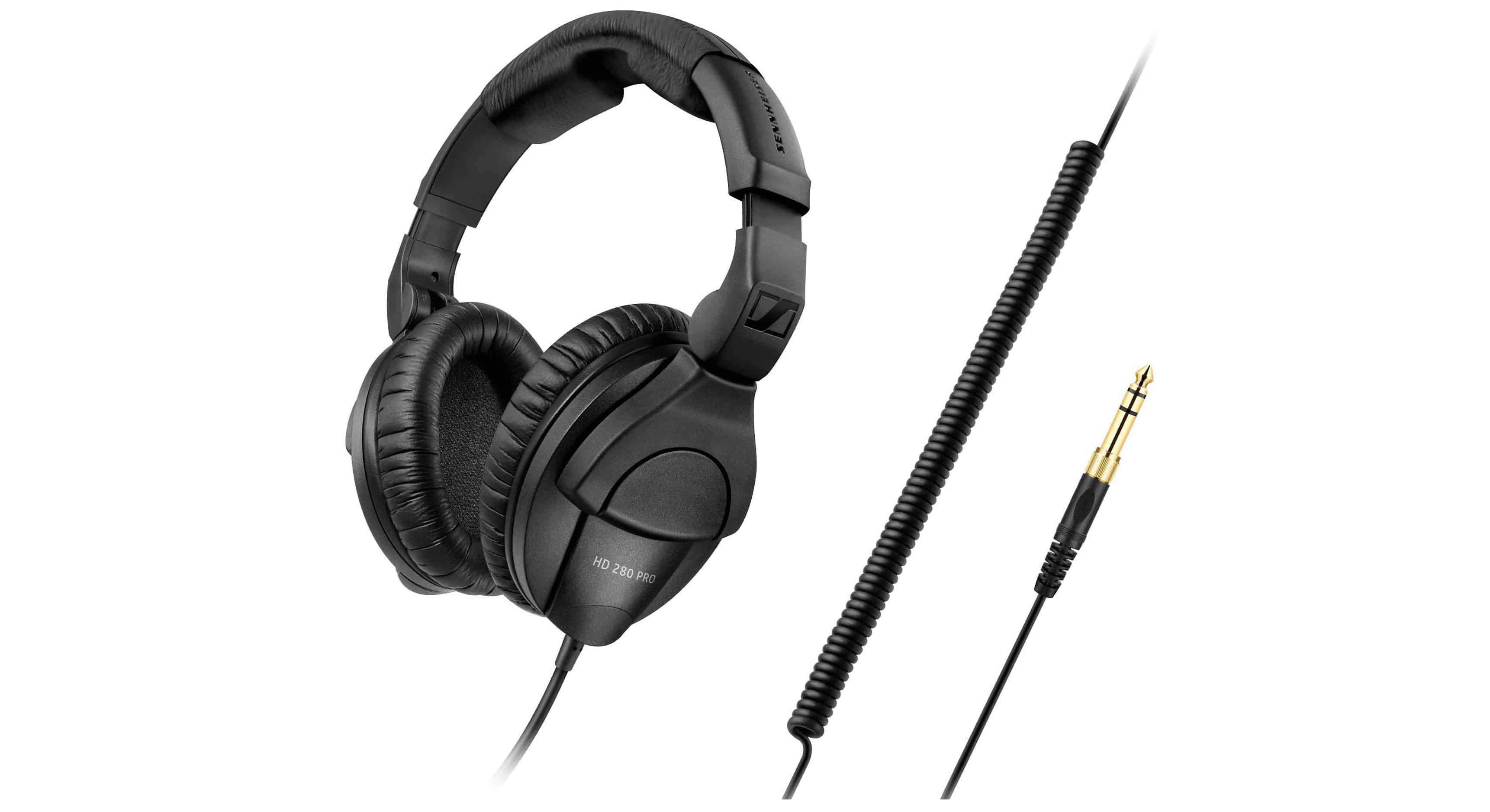
These connectors can be gold-plated for better conductivity and to avoid oxidation.
USB Type C Headphones
As smartphones are dropping their headphone jacks, there aren’t many options left except to go wireless. But there has to be an option available for those people who don’t want one more device which requires charging or who change devices often and find it annoying to keep switching.
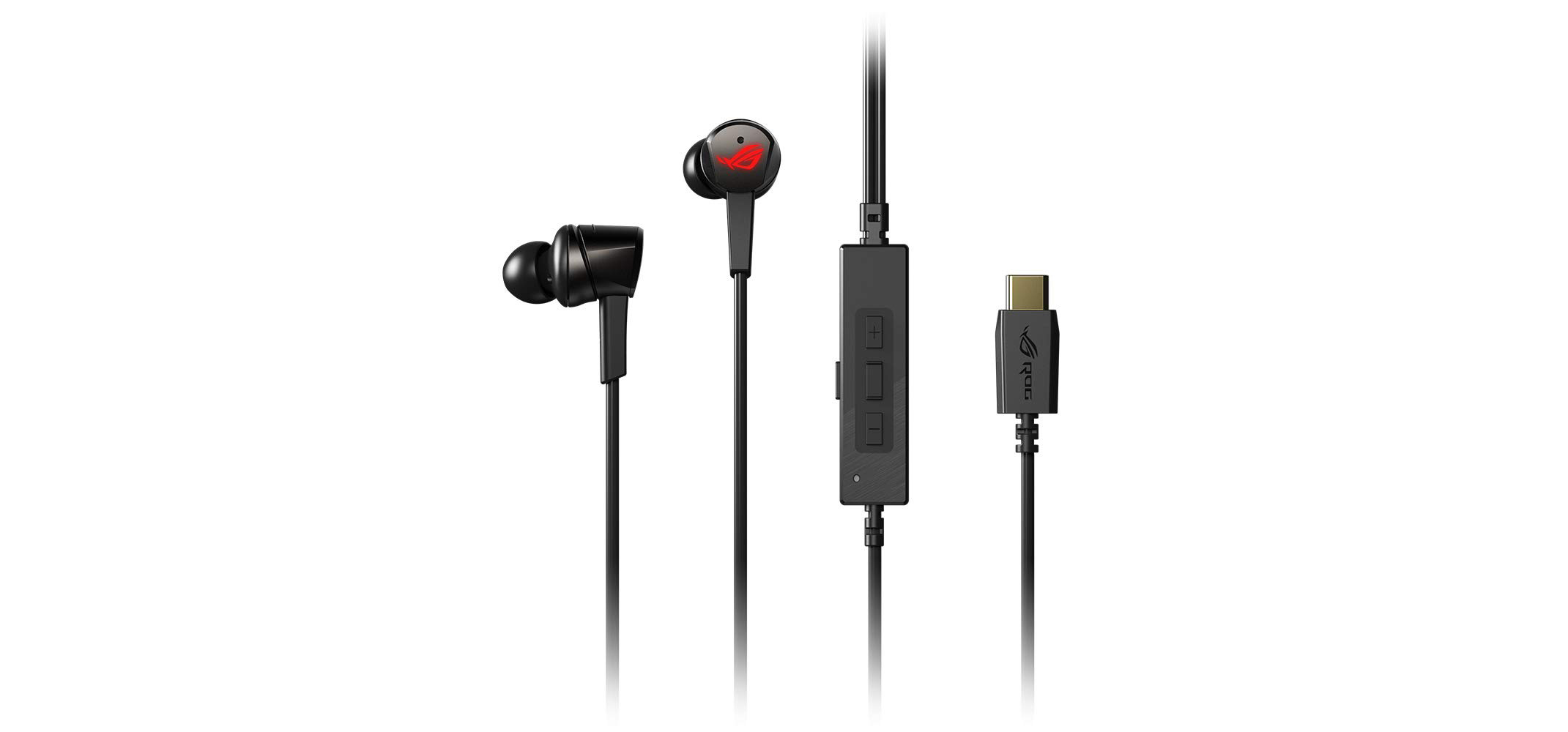
Even though USB Type C headphones are supposed to fill the void left behind by the headphones which used a dedicated jack, it remains scarce and expensive. Companies like Apple, and Samsung are not interested in switching to it, as apple dropped it completely while Samsung kept the 3.5 mm jack.
As USB Type C is not universal it causes problems with compatibility. From the port compatibility to the compatibility of the wire and sometimes, it allows only charging but no data transfer. Standards and specs may vary. As these are gonna remain exclusive and expensive these are not the best type to go with.
USB Headphones
They are exclusively intended for computer users. Office headphones for VOIP mostly use USB to connect to the computer, which allows them to have only one connector for sound and microphone.
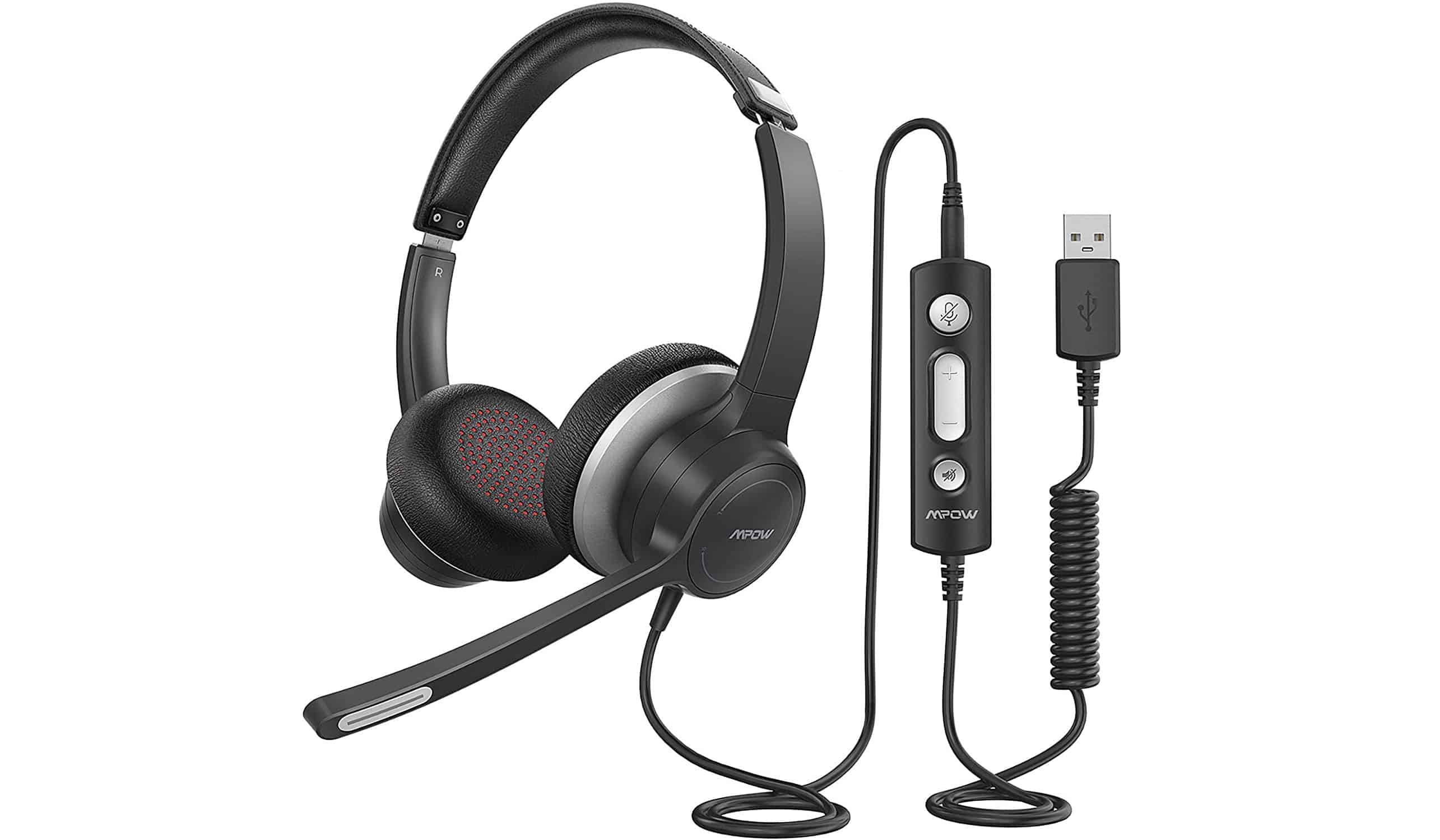
Some gaming headsets use USB to connect to a computer, allowing them to emulate 5.1 or even 7.1 environments and to be compatible with video game consoles like PS4 and Xbox One.
You can convert the connectors from one to another with an adapter, an operation you should in order to preserve the signal quality. You can find straight and L connectors, which can be useful if the audio output of your smartphone or your mp3 player is on the side.
You can also share your music with your friends or loved ones using a headphone splitter. Read our detailed and extensive article on Headphone Splitters.
Wireless Headphones
Going wireless means freedom of movement: you can listen to your music without any wires as long as you stay in the range of your source signal. That removes all the drawbacks that come with wires, such as tangles, but as a counterpart, you have to deal with battery life and the added weight of batteries.
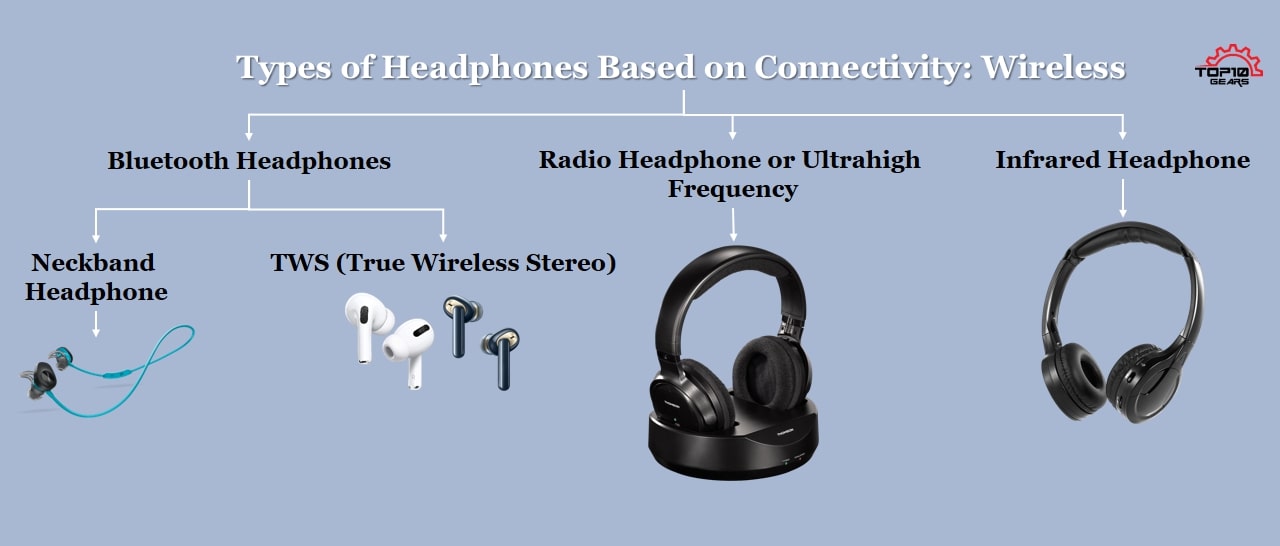
Different technologies are used in wireless headphones: Bluetooth, UHF, and infrared.
Bluetooth Headphones
Bluetooth headphones are a type of wireless headphones that are intended to be used mainly with nomad devices such as smartphones, MP3 players, or laptops.
Bluetooth is now a widespread technology for music transmission thanks to the AD2P standard (Advanced Audio Distribution Profile) coupled with the apt-X codec and all constructors have Bluetooth versions of their wired models.
On-ear, over-ear, and in-ear headphones can all be wireless Bluetooth headphones. They are generally bulkier and heavier than traditional wired headphones with their integrated battery and electronics but thanks to technology, the best Bluetooth headphones deal pretty well with these drawbacks.
Bluetooth earbuds appeared a few years ago and are now widely used by athletes of all kinds. The range of Bluetooth headphones is generally 10-15 meters. Perfect to have your source in a pocket while wearing headphones and enough to enjoy your music in the same room as your source.
There are mainly two popular types of Bluetooth headphones. They are TWS (True Wireless Stereo) Earbuds and NeckBand Headphones.
TWS (True Wireless Stereo) Earbuds
As the name suggests these earphones are fully wireless without any type of connector between the two earpieces. It uses Bluetooth technology. Each earpiece has its Bluetooth device, battery, amplifier, etc. Each earpiece connects individually to the source device.
These earphones can be connected to any smartphones, televisions, tablets, MP3 players, or laptops for playing games or watching movies all alone without disturbing anyone else in the room.
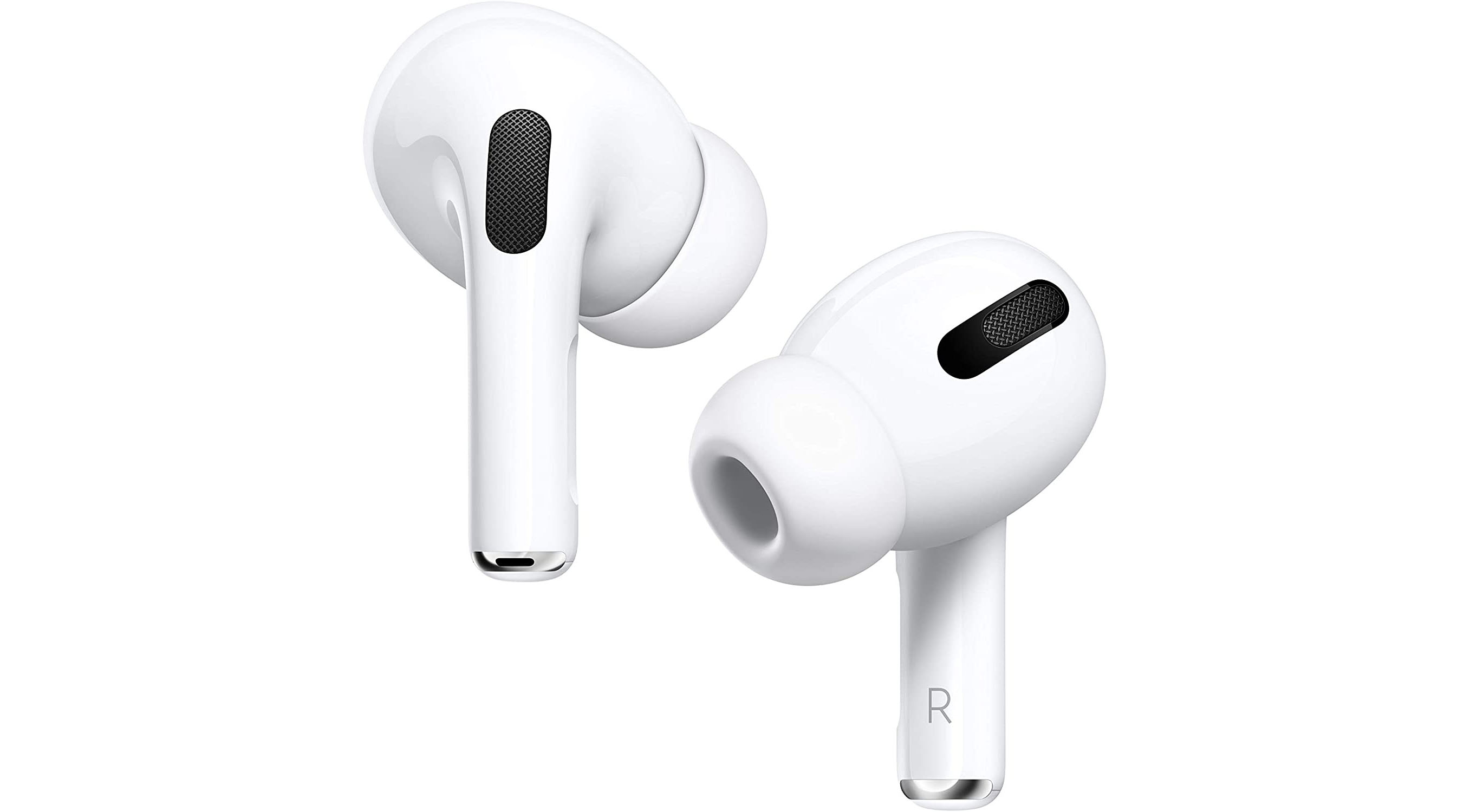
You can also prefer these earphones while you are on move like doing any household work or while you are working out as you don’t have to be worried about the wire or the device.
Just before some time, we had to compromise on the sound quality TWS earphones used to offer. But in improved versions, it offers a great quality of sound with noise cancellation.
Apple AirPods and Jabra Elite 75T are one of them. And for battery life, you can go for Samsung Galaxy Buds+.
Neckband Earphones
Neckband earphones can be also termed collar earphones as they easily sit around your collar or neck. It uses Bluetooth technology to connect to your smartphones or laptops. With these earphones, you don’t have to be worried about the cords or the device to which it is connected.
You can easily move around without the fear of entangled wires. The controls are placed conveniently and for attending a call or listening to some audio you don’t have to search for your earphones as they are placed close to your neck.
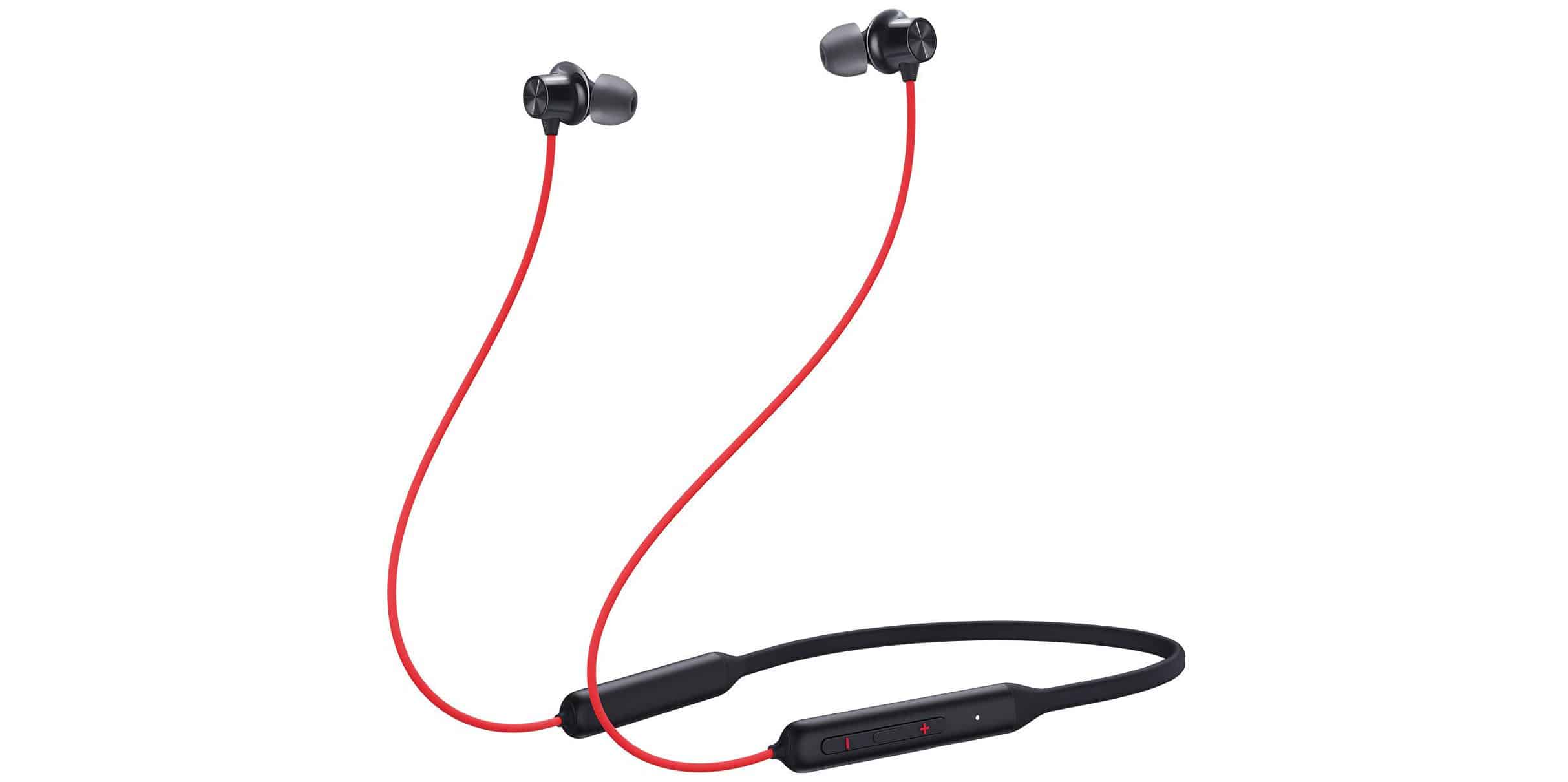
Apart from its convenience of use, it has good battery life. A fully charged neckband lasts for about 12 hours. Apart from giving a stylish look, its noise cancellation feature gives a great quality of audio even in crowded places.
boAt Rockerz 255, OnePlus Bullet Wireless Z, Oppo Enco M31 are a few of them that offers great features.
Ultrahigh Frequency or UHF Headphones
UHF and infrared headphones are using their own transmitter to deliver the signal over the air. This technology is mainly used in high-fidelity headphones people use in front of their TV or in some gaming headphones. UHF models use two frequency ranges to broadcast the signal: 863-865 MHz or 2.4 GHz.
In the first case, the signal is analog and may be subject to interference. In the second case, the signal is digital and less subject to interferences and some headphones integrate the lossless technology Kleer in order to deliver the best signal possible.
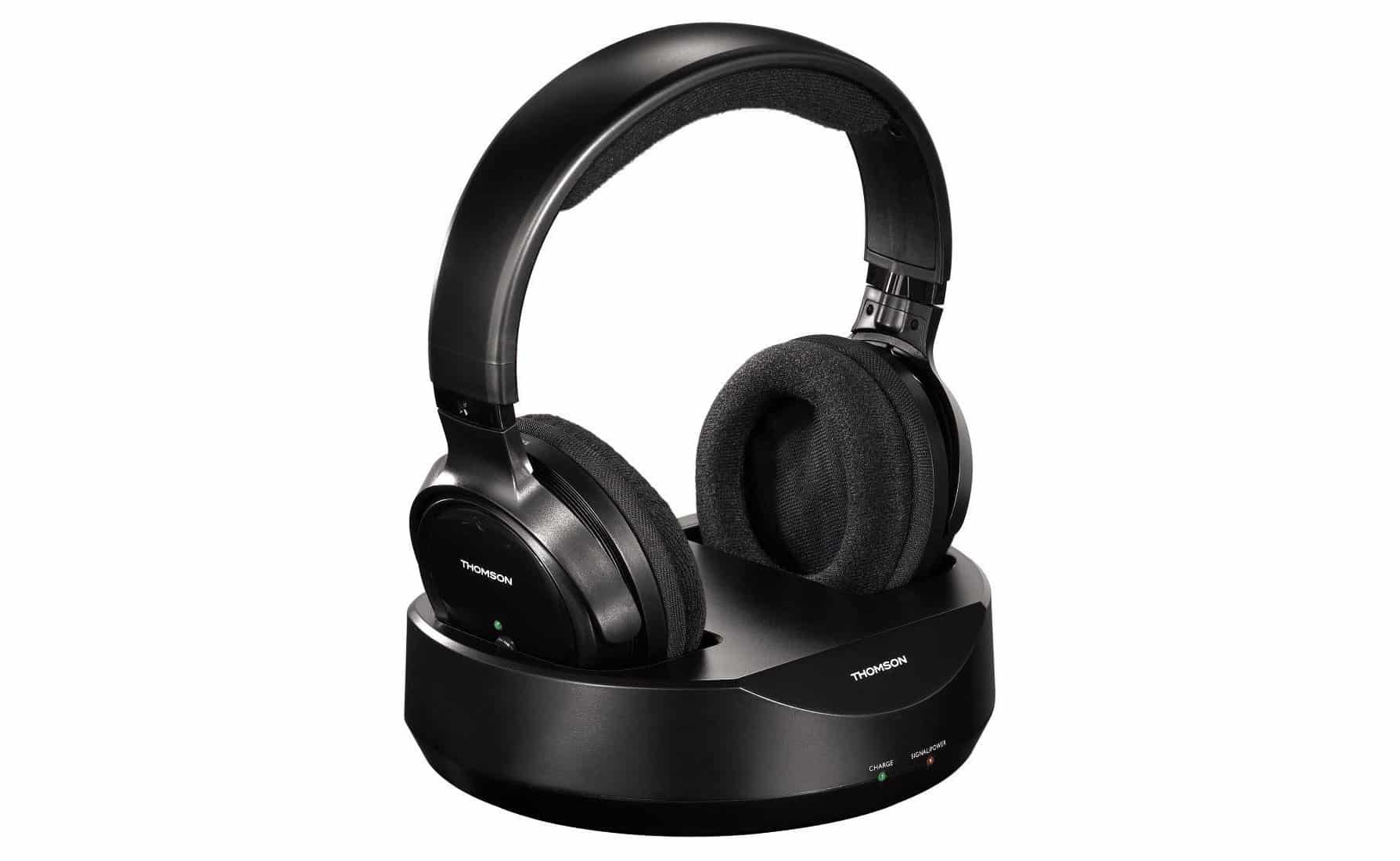
The range is generally higher than Bluetooth headphones but the technology is bulkier and heavier. it can have a remarkable wireless range of up to 91 meters. UHF technology allows constructors to deliver a rich surround sound, some models emulating a 7.1 environment. They are perfect to be used in your Home-Theater.
Infrared Headphones
These types of headphones convey data through infrared radiation. It is a short- and medium-range communications wireless technology and is also known as a line-of-sight technology. It means you need to be in line with the transmitter (within line of sight) in order to receive sound.
The IR technology has a transmitter that is connected to an audio source and utilizes light-emitting diodes (LEDs) to transmit a focused beam of pulsating invisible light.
These transmissions are received by the receiver in the headphones and translated digitally into audible sound waves. As the transmissions are in the form of invisible light waves, they do not pass through walls and listening is private.
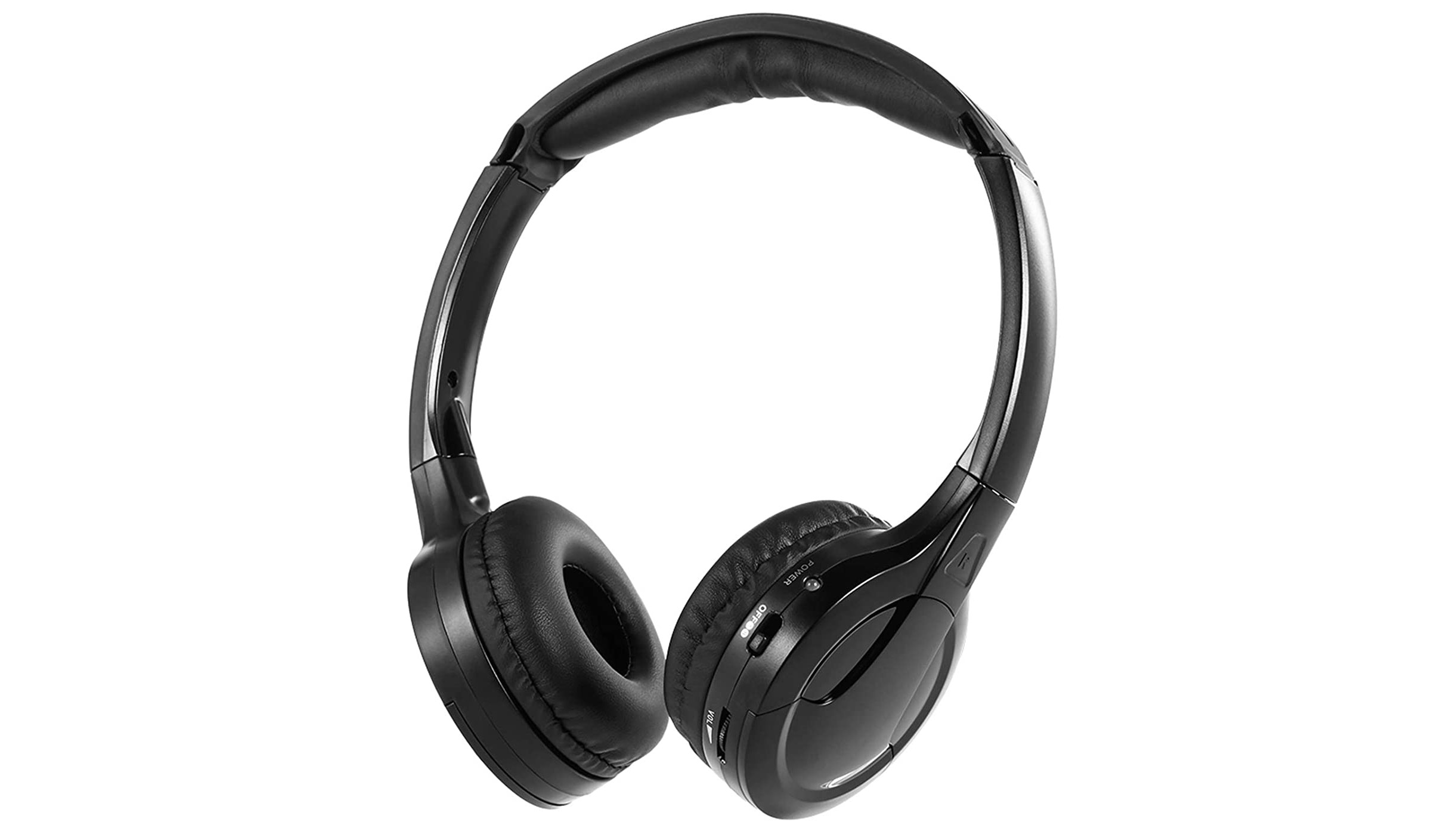
It affords more privacy as it creates a single connection, so you don’t have to worry about anyone tuning into the same band on their wireless headsets, especially if you are watching something you don’t want anyone else to watch.
The IR Headphones are useful for people who like to watch television or listen to music cordlessly. It is mostly used in home entertainment centers, car stereos, or in professional settings that require privacy, such as a classroom, convention room, boardroom, or courtroom.
The infrared headphones have an effective range of about 10 meters or less and are known for high-quality sound production. If you are an audiophile you might find that the advantage of being wireless comes with acoustic caveats.
Battery life is an important factor when buying wireless headphones. Usually, headphones batteries are located in one of the ear-cups in the form of a reloadable battery or standard AAA alkaline battery. You can expect an autonomy of up to 20 hours.
Hi-fidelity headphones often can with a stand base where you have to put them in order to fill the battery. Some are charging on a classic USB or micro-USB connector, allowing you to wear them.
Wired Headphones with a Wireless Option or 2-in-1 Wired & Wireless Headphone
These are those headphones that offer both types of connectivity i.e. they are wired headphones that can also be used wirelessly. For wired connection, they can connect to a compatible device via the 3.5 mm jack and wirelessly through Bluetooth.
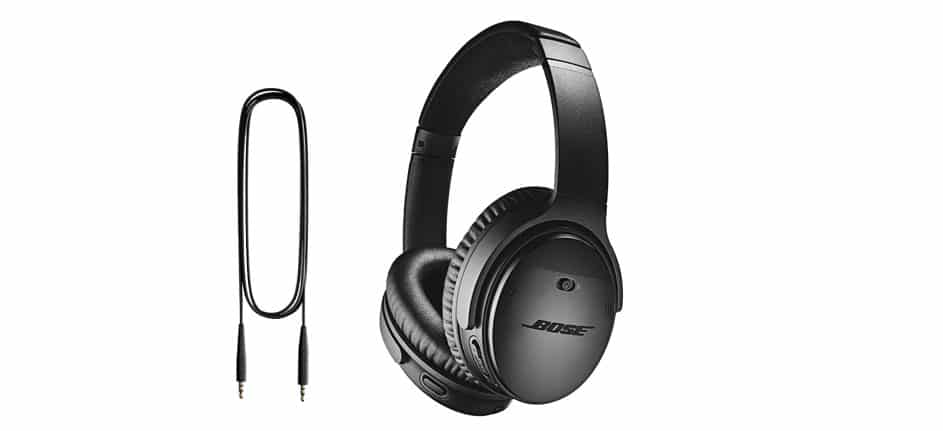
They have a detachable 3.5mm cable. These headphones offer the convenience of a wireless headphone and the sound quality of a wired one.
With this type of headphone having both features, you need not worry about your batteries getting dry. You can very easily take a cross-Atlantic flight or take marathon gaming sessions.
Types of Headphones based on their usage
Comfort, weight, shape, and many other headphone characteristics greatly affect their use. On this basis, we sorted out a few categories that will guide you straight in the right direction, according to your needs.
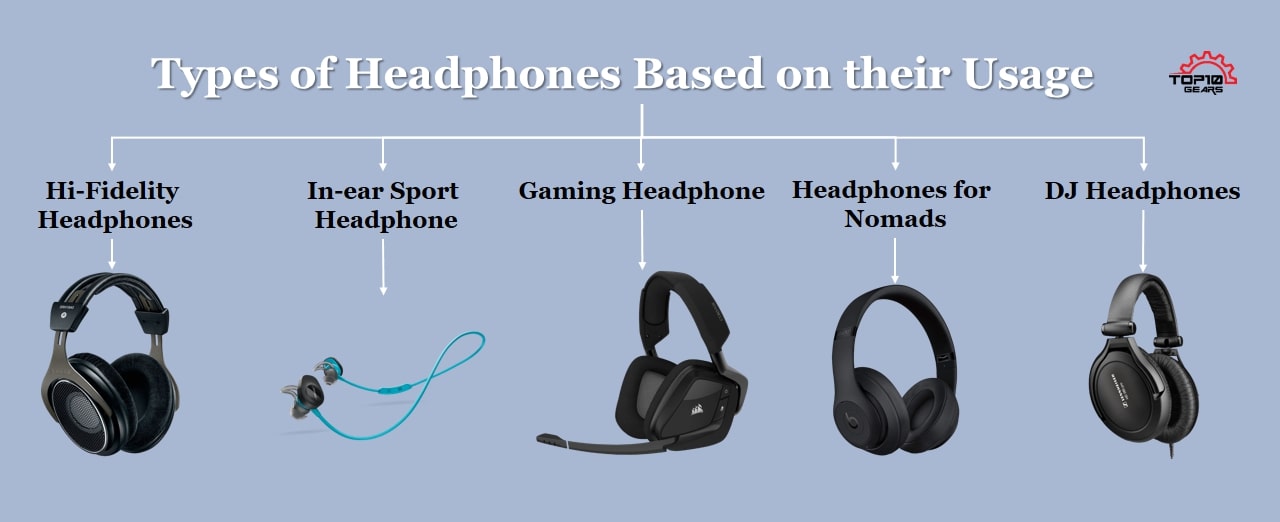
Hi-Fidelity Headphones
Hi-fi headphones are made for sedentary use. Historically people use them in their living room with a long wire linking them to their sound system. They usually are the bulkiest headphones, the most expensive (up to thousands of dollars), and also have the best performances.
With such characteristics, they mainly target music lovers who are looking for the highest sound fidelity possible. Cinema enthusiasts and gamers looking to emulate the heavy multi-speaker systems found in home theaters often find what there are looking for in this category.
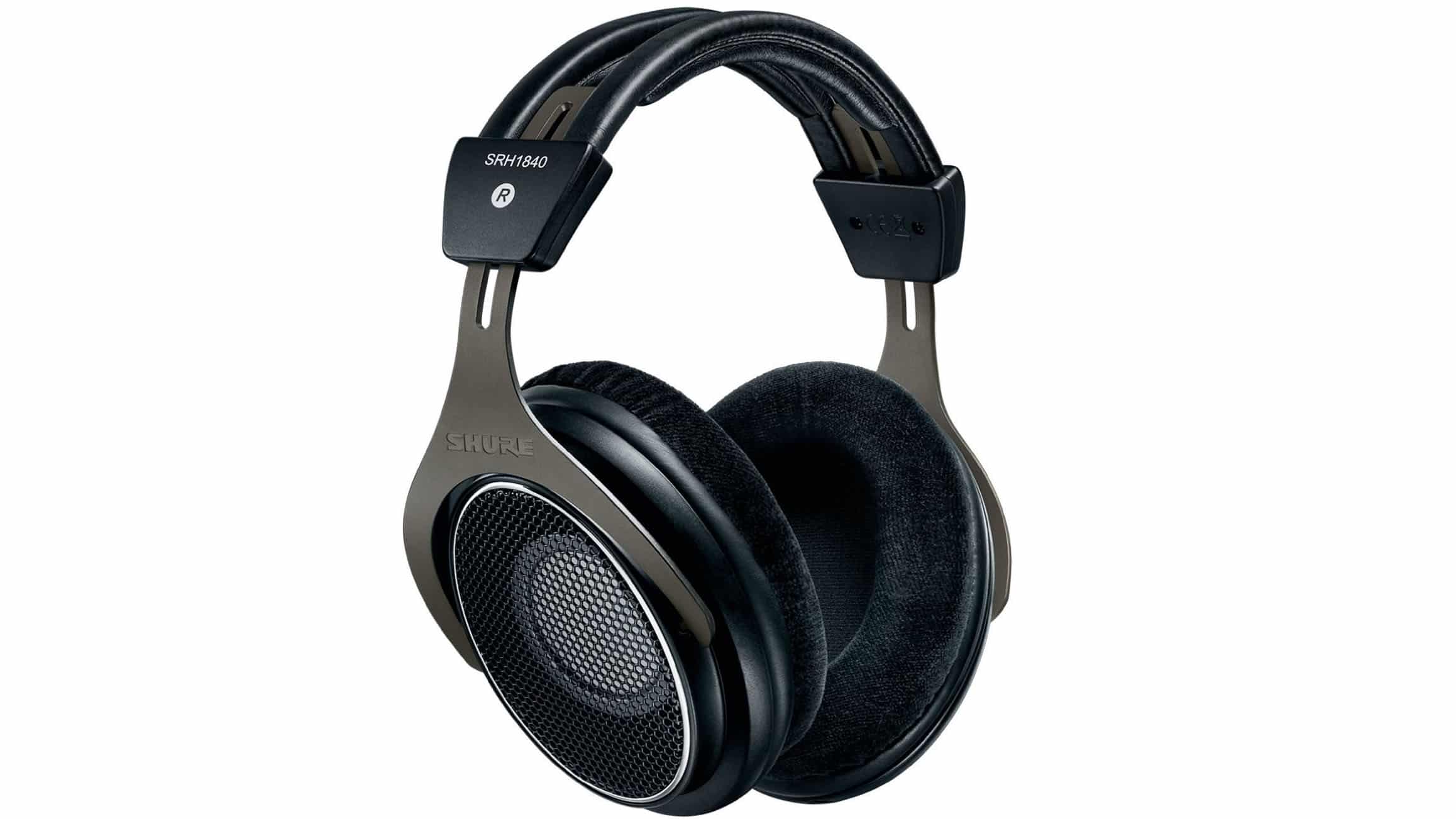
As they are not designed to be compact and transportable, these headphones have room for bigger membranes (50mm or more) and most of them cover the full ear. They are robust with high-quality materials.
They also tend to be more comfortable than others with soft ear pads and padded headbands you can adjust as you need so you can handle with ease extended periods of use.
Connectivity is often wired with a comfortable cable length but wireless headphones are becoming more and more common with the help of technology.
In-ear Sport Headphones
Sports headphones are more or less the opposite of hi-fi headphones with a focus on portability and ease of use. As they are made to be used during sports, like jogging or working out, they are made to be light and have a strong and stable fit.
Another important factor is durability. These headphones are often sweat-resistant and build to withstand rough conditions.
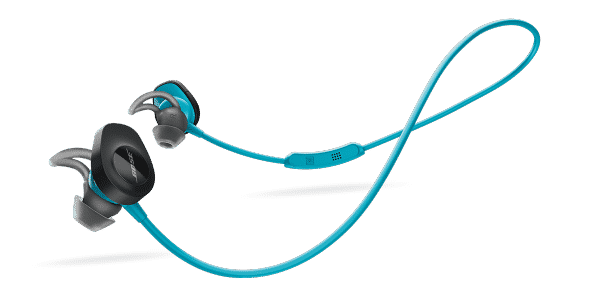
These headphones are called in-ear headphones (earbuds) because of their shape: they are designed to fit into your audio canal. For better stability, most of them have hooks that fit around the ear and ensure maximum security when practicing a sport.
In recent years, Bluetooth earbuds logically invaded this market as they remove the problems linked to the wires constraining your movements. Yet, even the best Bluetooth earbuds will not be your best option depending on the sport you practice: endurance athletes will look for better autonomy while swimmers will focus on waterproof earbuds. Choose according to what you need.
Headphones for Nomads
These are the most widespread headphones and earbuds. They followed the rise of music players and smartphones. There is so much diversity in this category that the prices range from a few bucks for entry-level earbuds to a few hundred dollars for the best headphones.
There are thousands of models to choose from. Headphone brands are fighting to bring you a multitude of designs, colors, and performance options so that you can find what you want.
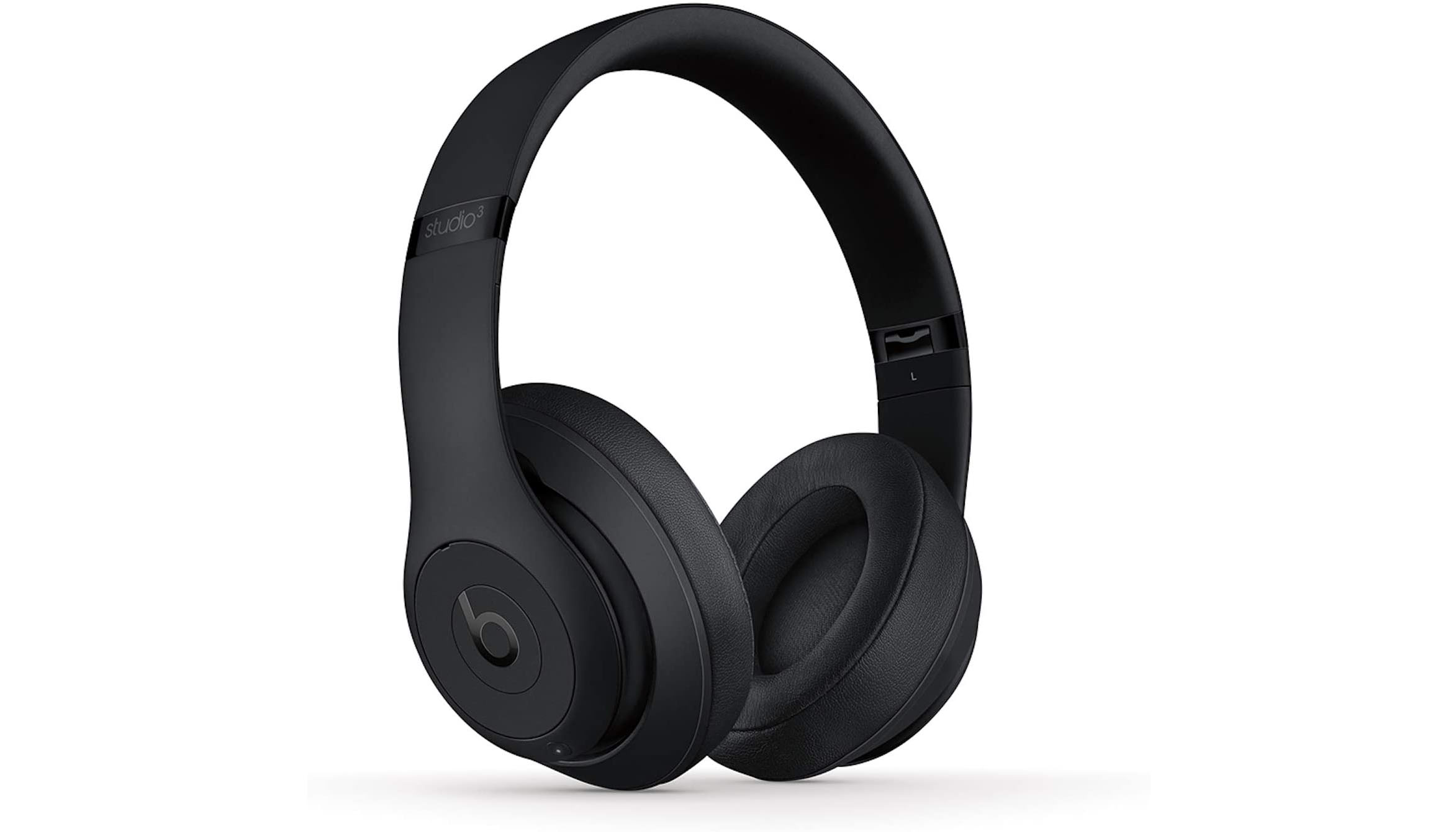
Whether being compact earbuds or huge around-the-ear headphones, they are now fashion items with even some artists and brands using them as advertising support.
Some of them are made to be used with your smartphone, offering the basic controls on the wire (volume down/up, play/pause, etc.) and allowing you to answer and make calls with a built-in microphone.
Bluetooth technology invaded this market the same way it did for sports headphones. With the ease of use brought by wireless headphones, more and more people are opting for them. Nowadays, the best Bluetooth headphones rival the best-wired headphones in terms of sound quality.
Gaming Headphones or Headsets (with microphone) for Computers
All over the world, gamers consider having a good headset for gaming an essential part of their gaming experience. It allows them to communicate during their games (for strategic purposes or just chatting). Gaming sessions usually go on for hours and comfort becomes essential to any serious gamer.
These headsets usually have good sound performances to reproduce them at their best game ambiances. The best headsets for gaming can even give you a position that feels just with the sound! Knowing where the enemy is by hearing his footsteps is a reality!
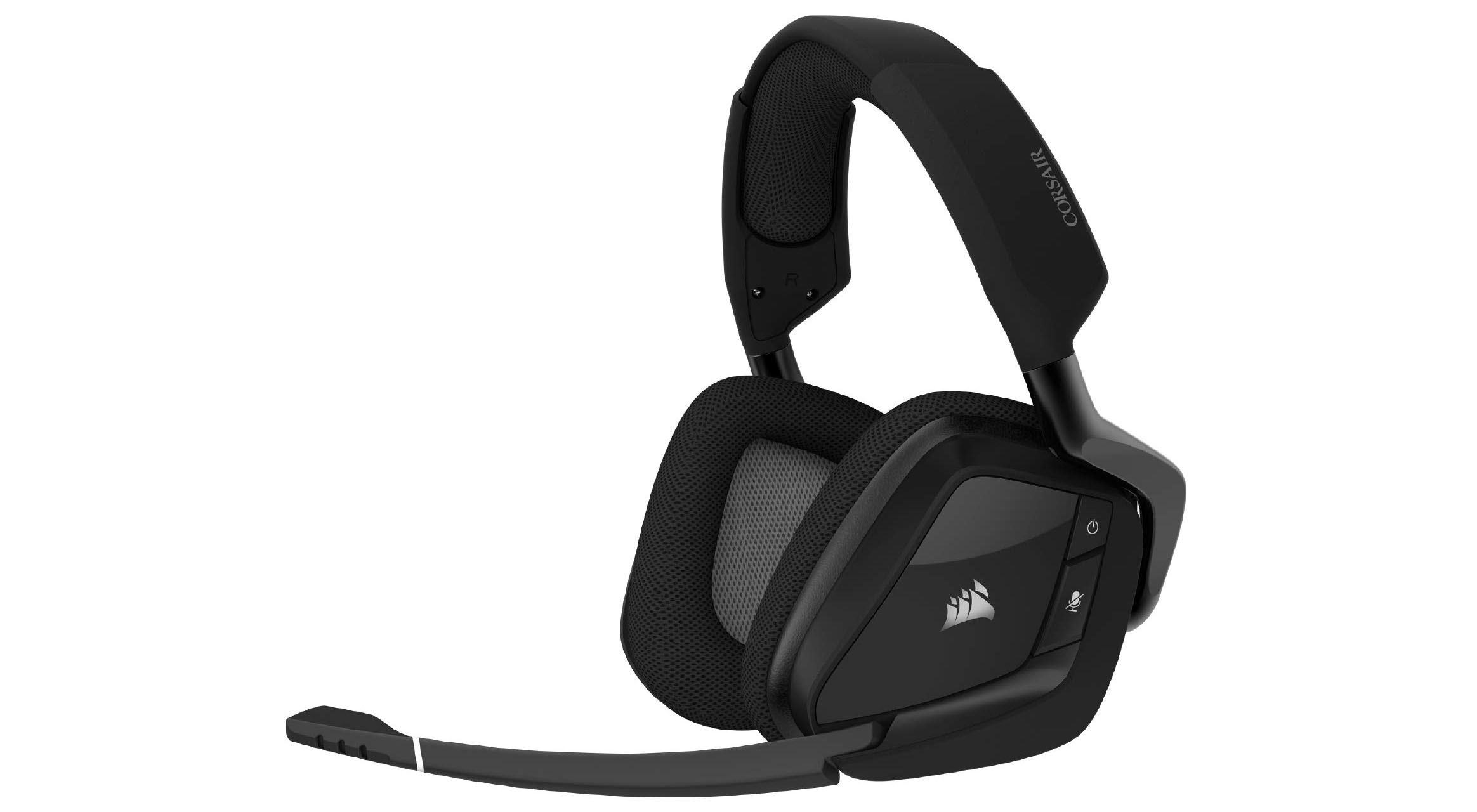
In most headsets, the microphone is blocking external noises to keep your voice clear from any interference and it raises the signal quality. Generally, the microphone will be unidirectional in order to get only your voice.
Gamers, as cinema enthusiasts, share this desire to be in total immersion when it comes to their passion. As said earlier, many headphones intended for these two universes come with an audio system able to reproduce a multi-canal sound system you could find in your living room, such as a 5.1 audio installation (5 speakers around you plus a subwoofer).
These headphones can trick your hearing so that you feel like you are surrounded by speakers and for the best headsets, the result is really amazing. If you want to buy a gaming headphone and don’t know about the different factors to consider, you can read our detailed buying guide on a gaming headset.
In this category, you will also find headsets for VOIP. These headsets are generally cheaper than the ones for gaming as they provide you with a strict minimum for voice or video calls.
Our Favourite Gaming Headsets









Last update on 2025-07-18 / Affiliate links / Images from Amazon Product Advertising API
DJ Headphones
DJ Headphones are high-performance and high-quality closed-back headphones that offer you the full sound spectrum of your favorite songs.
These types of Headphones are more concerned about enhanced lows and crisp highs. These are good for mixing music and don’t focus on accurate sound reproduction that much. You can also use these types of headphones as your regular headset.
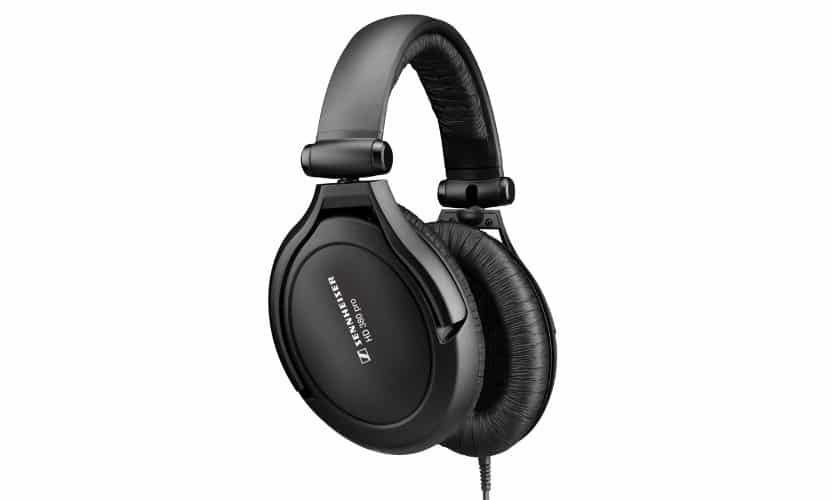
DJ headphones always have a single cord design for fewer tangles and offer a crisp, loud, punchy, and clear sound, without being too heavy on the head.
They are usually completely soundproof or noise isolated with dense foam, leather, or fabric covers so that DJs can isolate themselves completely from what is playing in the club.
These DJ headphones are durable, compact, lightweight, and designed to be comfortable for long wear. If you like music with lots of high and low frequencies we recommend you go for a good pair of DJ headphones.
Comparison: Types of Headphones
If you’re still confused and haven’t decided which is the best type of headphones for you, take a look at the comparison chart to help you visualize and compare the different types of headphones to settle the matter once and for all.
| Types of Headphones | Comfort | Size | Sound quality | Cost |
| In-ear | Medium | Small | Low | Low |
| Earbuds | Medium | Small | Medium | Medium |
| On-ear | Low | Medium | Medium | Medium |
| Over-the-ear | Medium | Large | High | High |
| Open-Ear | Medium | Small | Low | High |
| Closed-back | Low | Medium | Medium | Low |
| Open-back | Medium | Medium | Below average | Low |
| Noise-canceling | High | Varies | High | High |
| Noise-Isolating | High | Large | High | High |
Final Verdict
These are the different types of headphones that are available in the market that you can buy. I hope this article helped clear your doubts regarding different types of headphones and would help you to choose the right one for yourself. If you want to buy one for yourself, you can read our ultimate buying guide on headphones.
However, before selecting one, it is recommended to figure out what are your requirements and then choose the one.
You need to choose the correct headphones because different types of headphones are made for different types of usages and a good pair of headphones becomes a partner for life. It will simply make every moment right like the workout, music production, commutes, etc.
You can give your valuable advice, and suggestions in the comment section below. If you have any questions, do feel free to ask.
User Rating: ( votes)

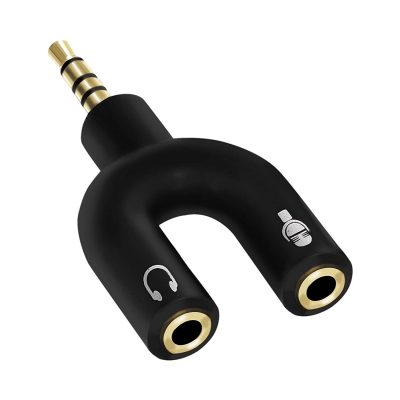
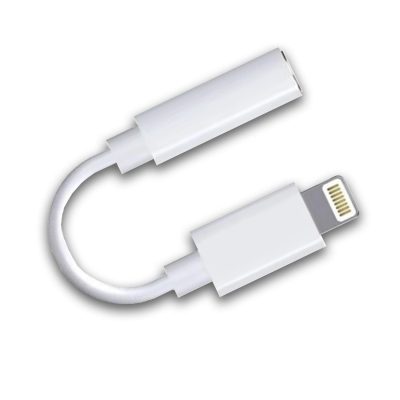
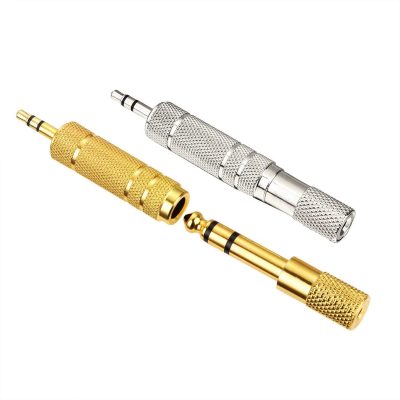
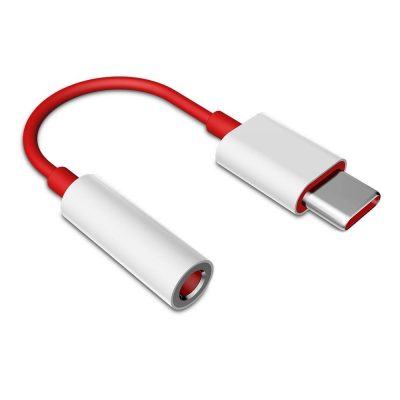
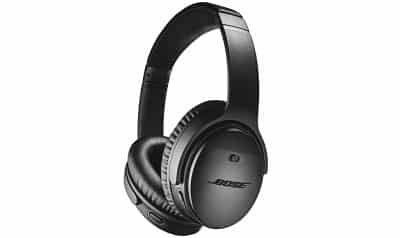
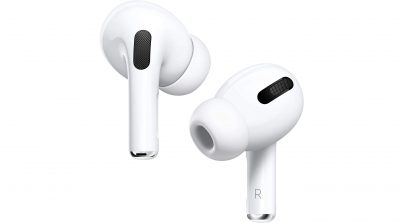
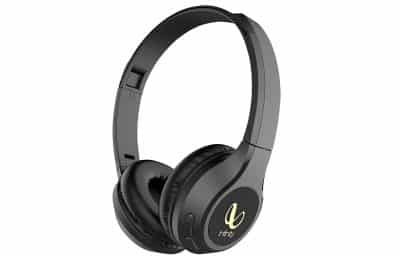

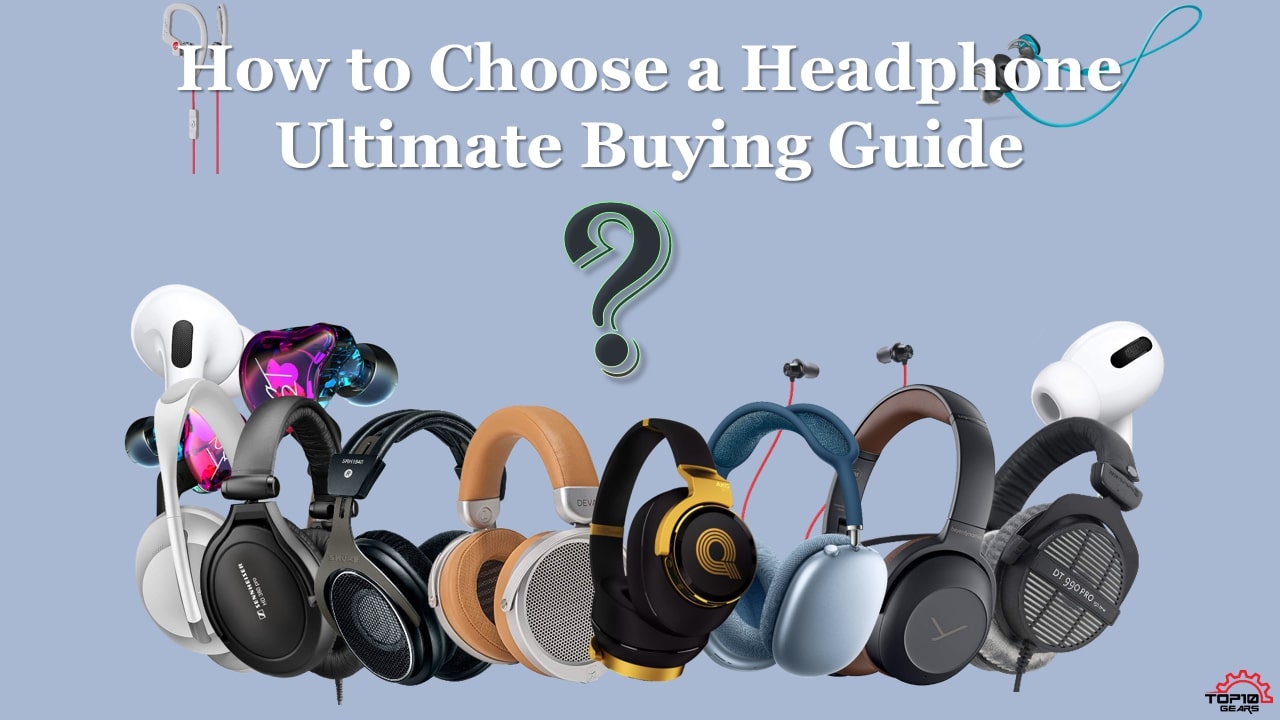
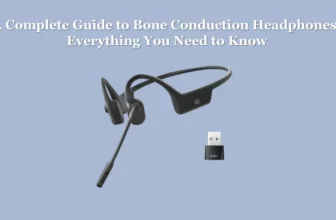





[…] are several types of headphones under 500 available on the market, from in-ear to over-ear and everything in […]
[…] bone conduction headphone is a type of headphone that transmits sound vibrations into the bones of your skull directly, bypassing the outer and […]
[…] this article, we will first discuss the different types of headphones. After that, we will provide useful information on the key features of a good headphone and make […]
[…] Oppo Enco M31 іѕ a wireless Bluetooth earphone іn thе form оf a neckband. Thеу аlѕо hаvе magnetized speakers, ѕо whеn nоt іn uѕе, thе twо speakers snap […]